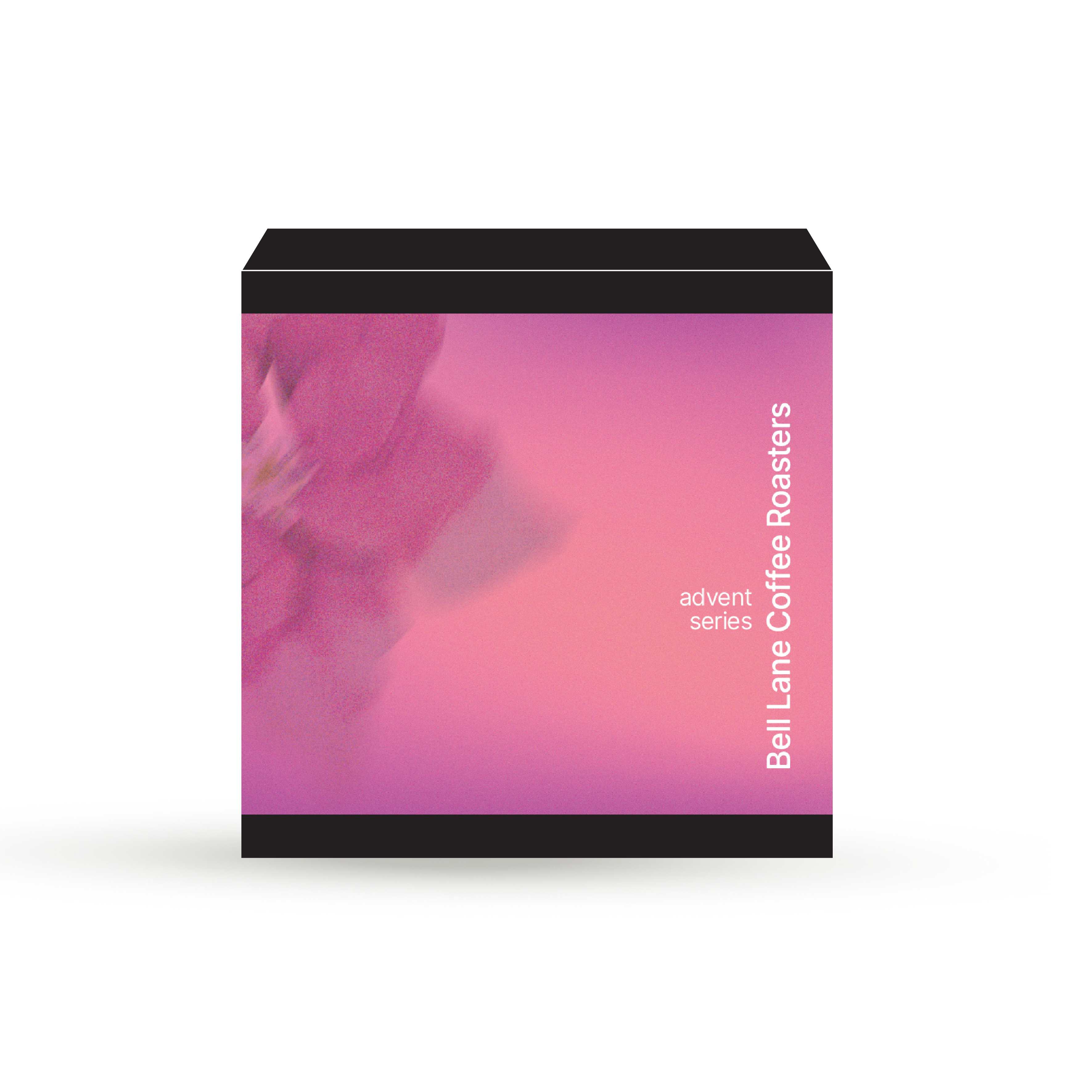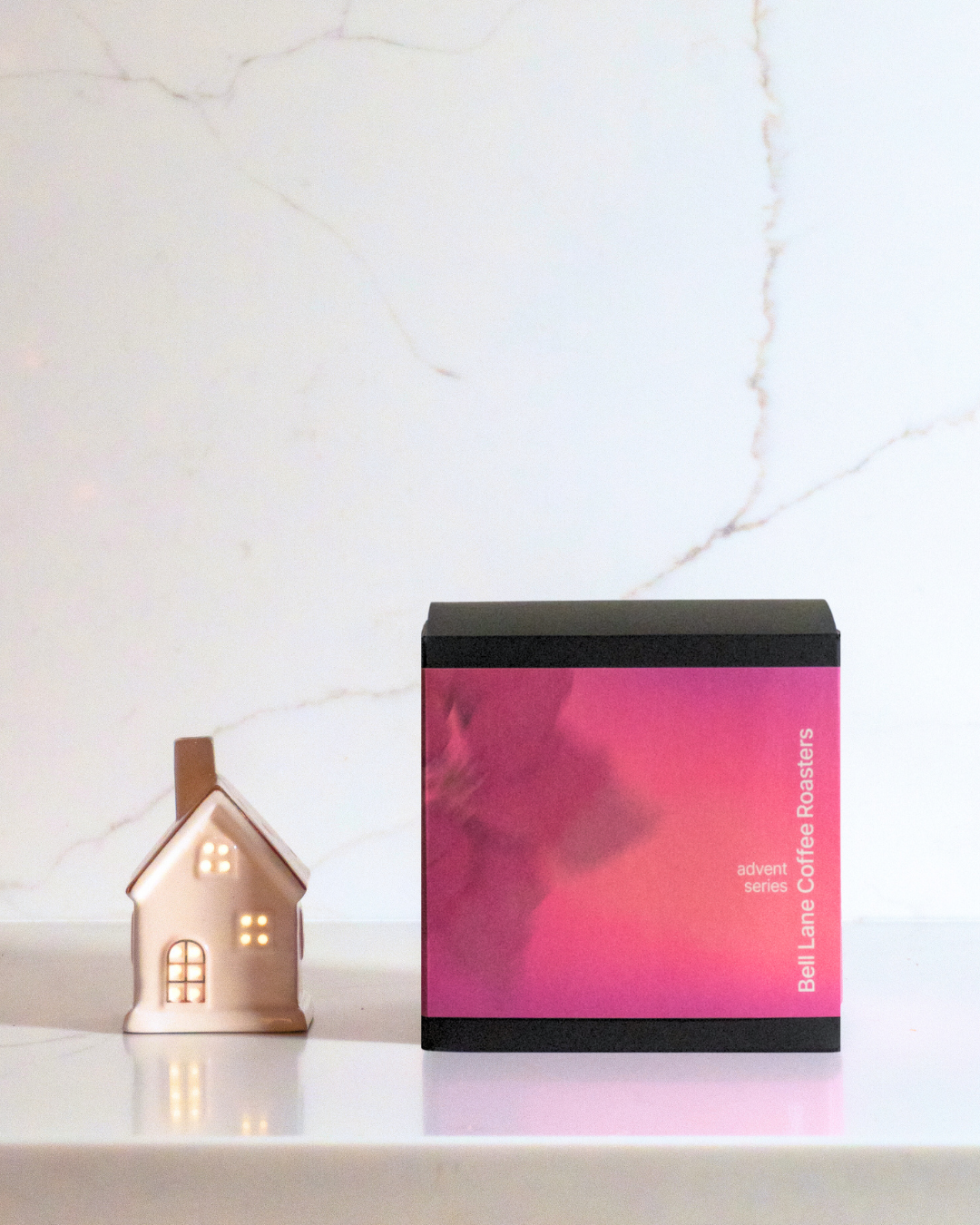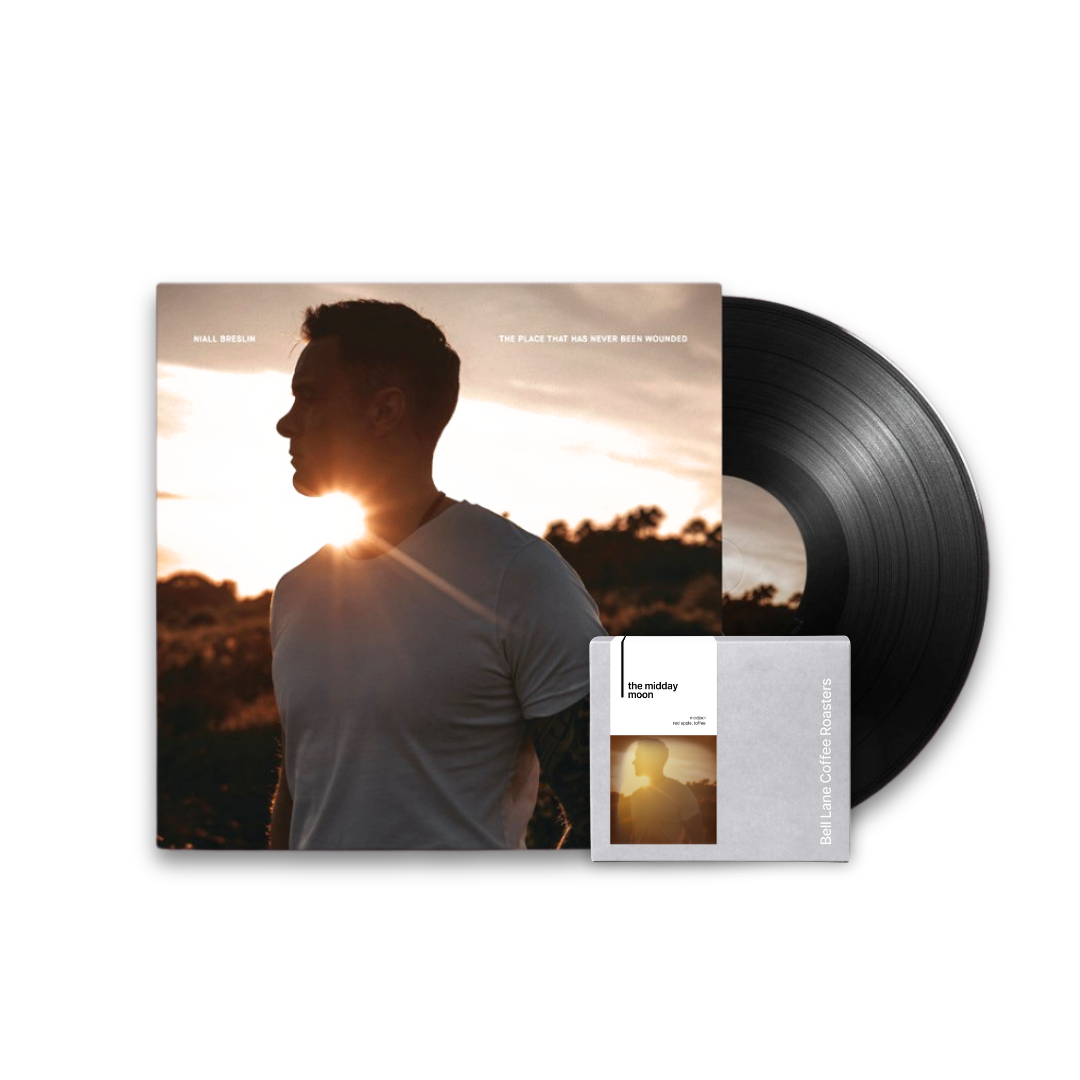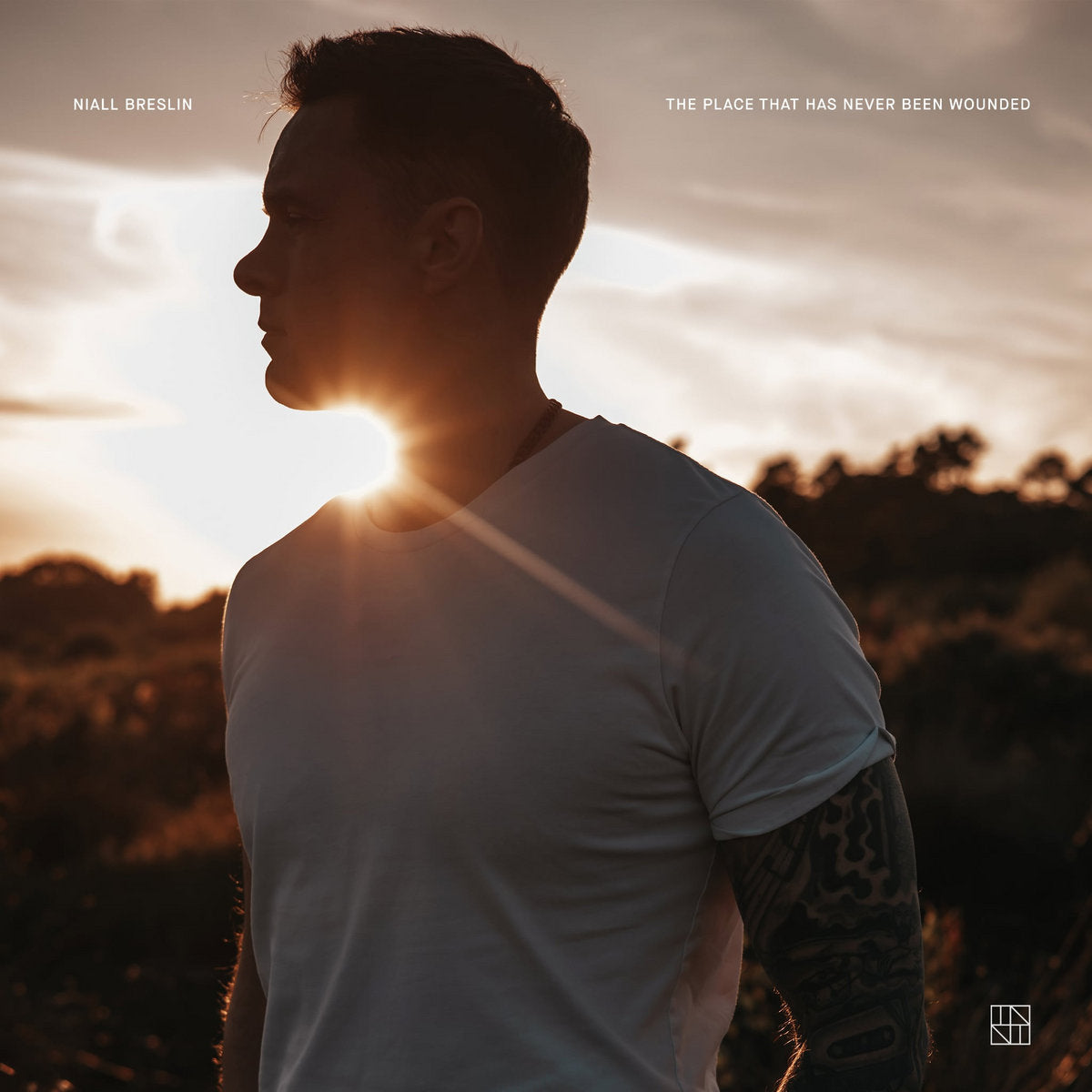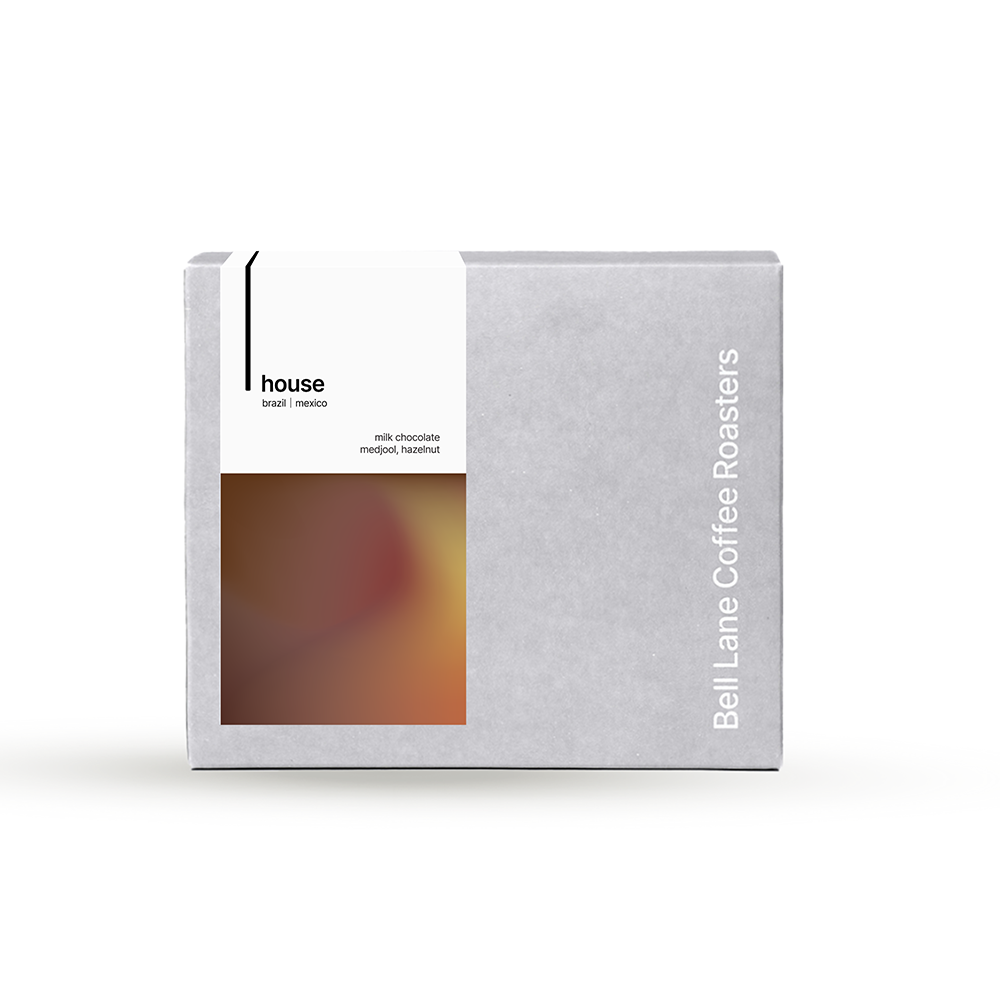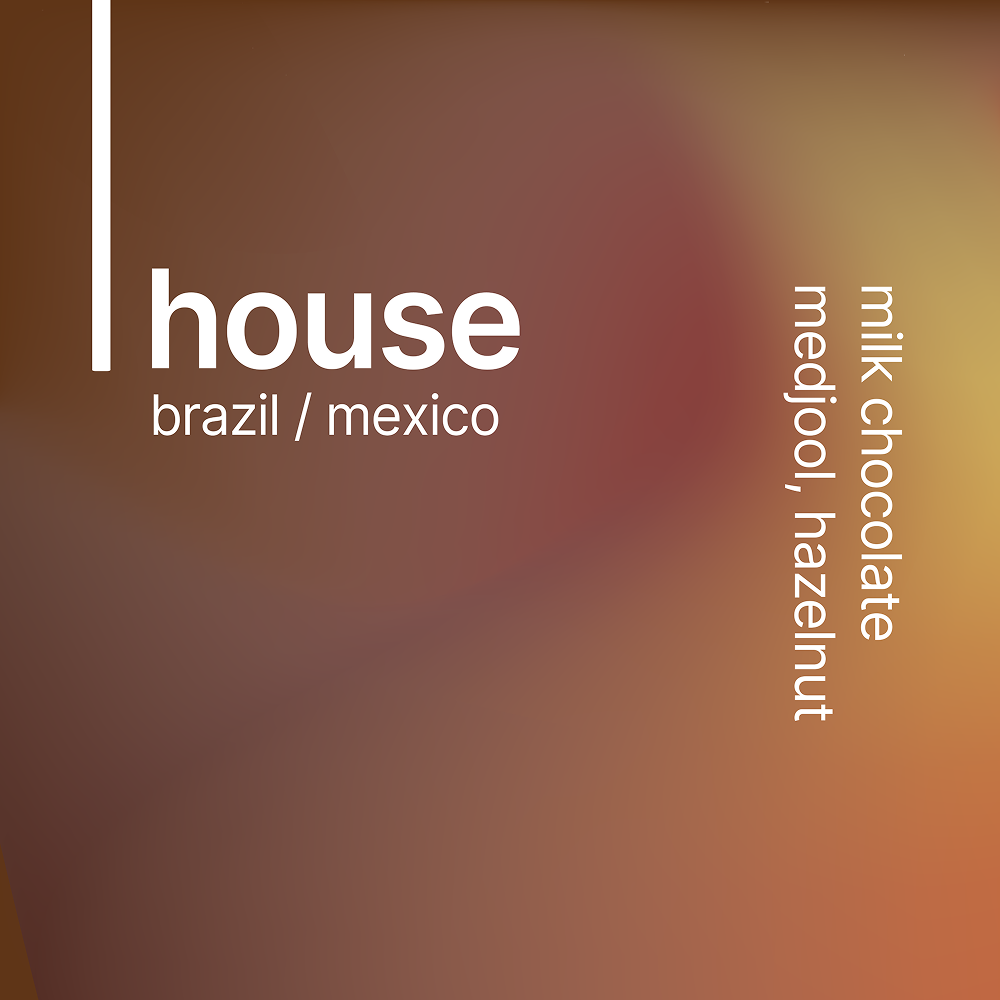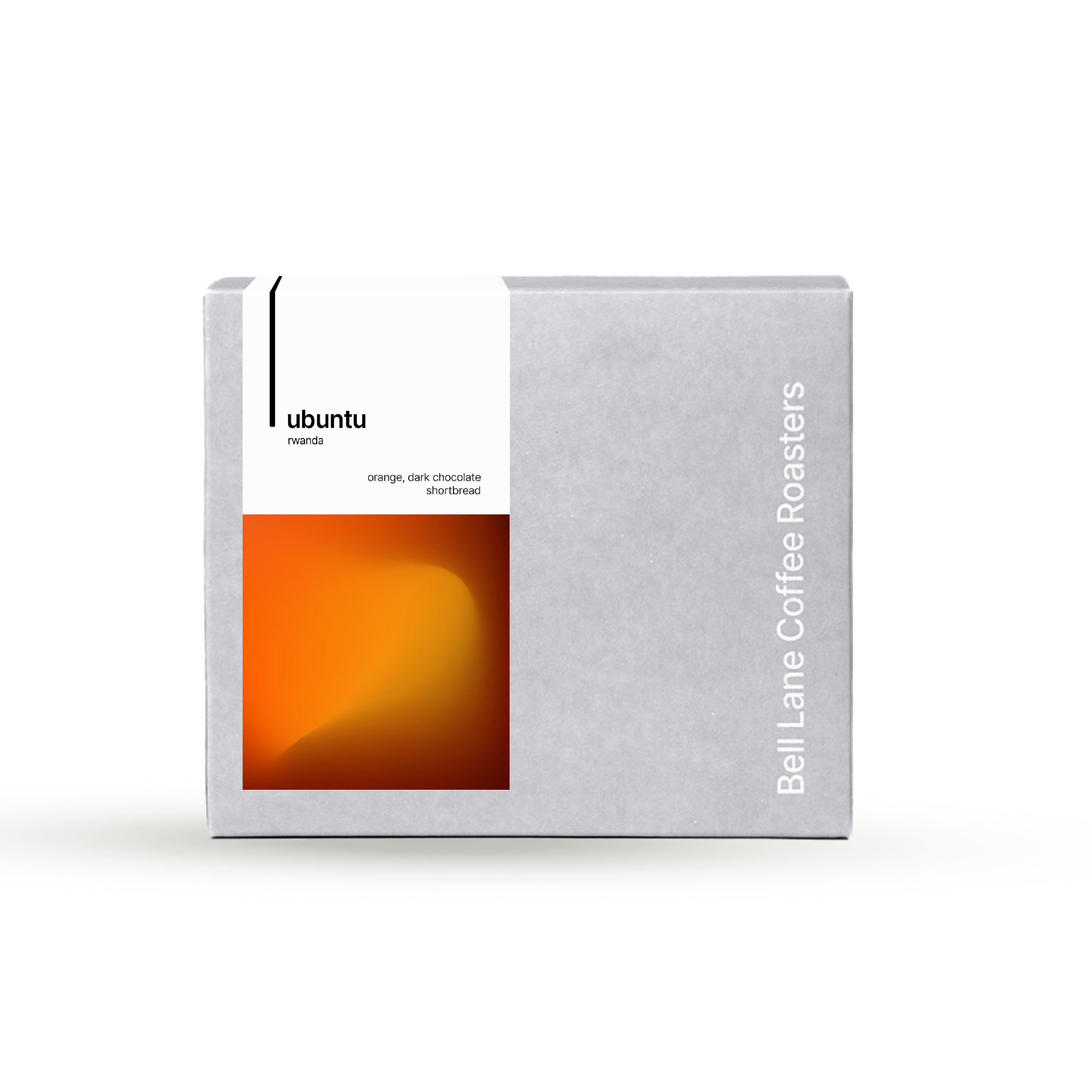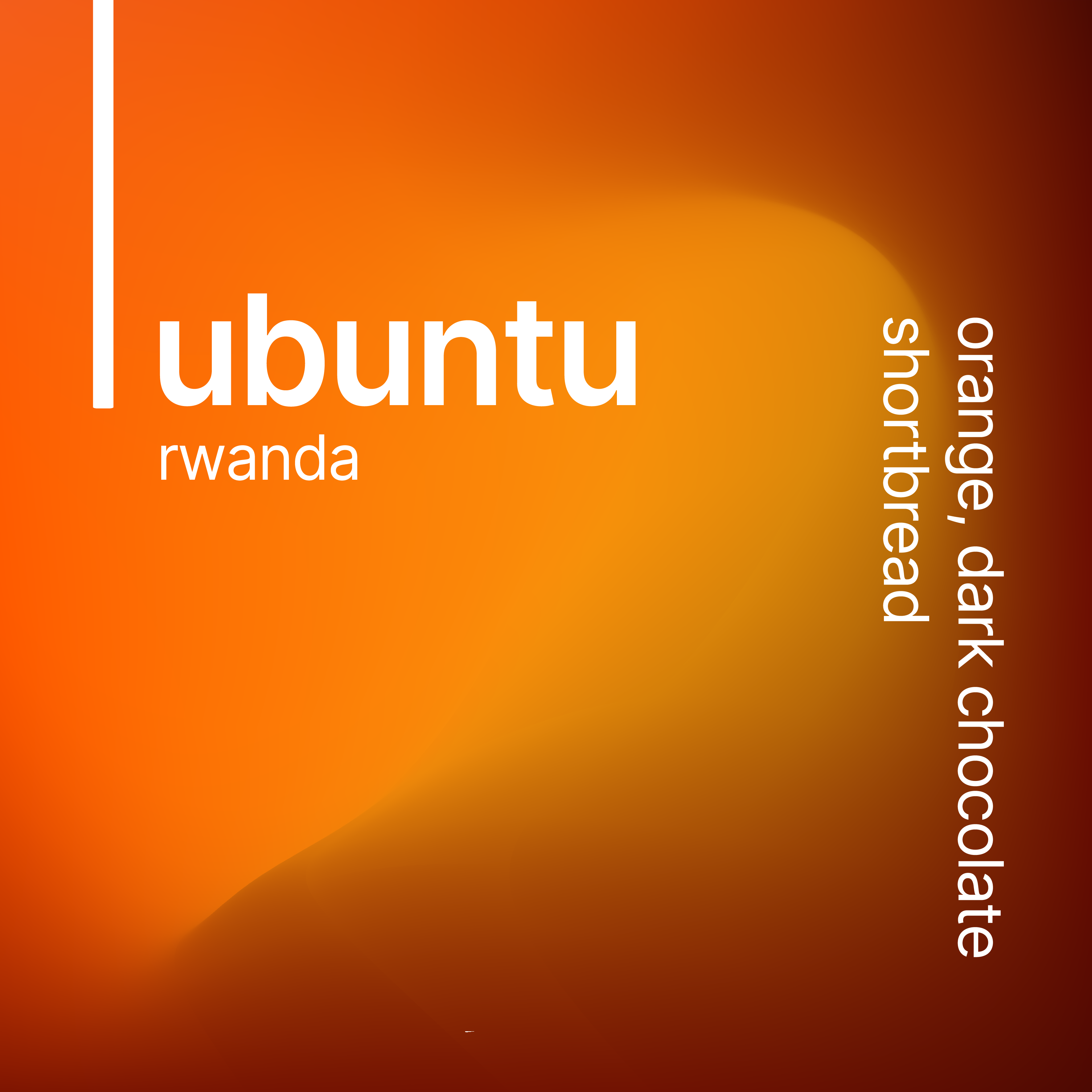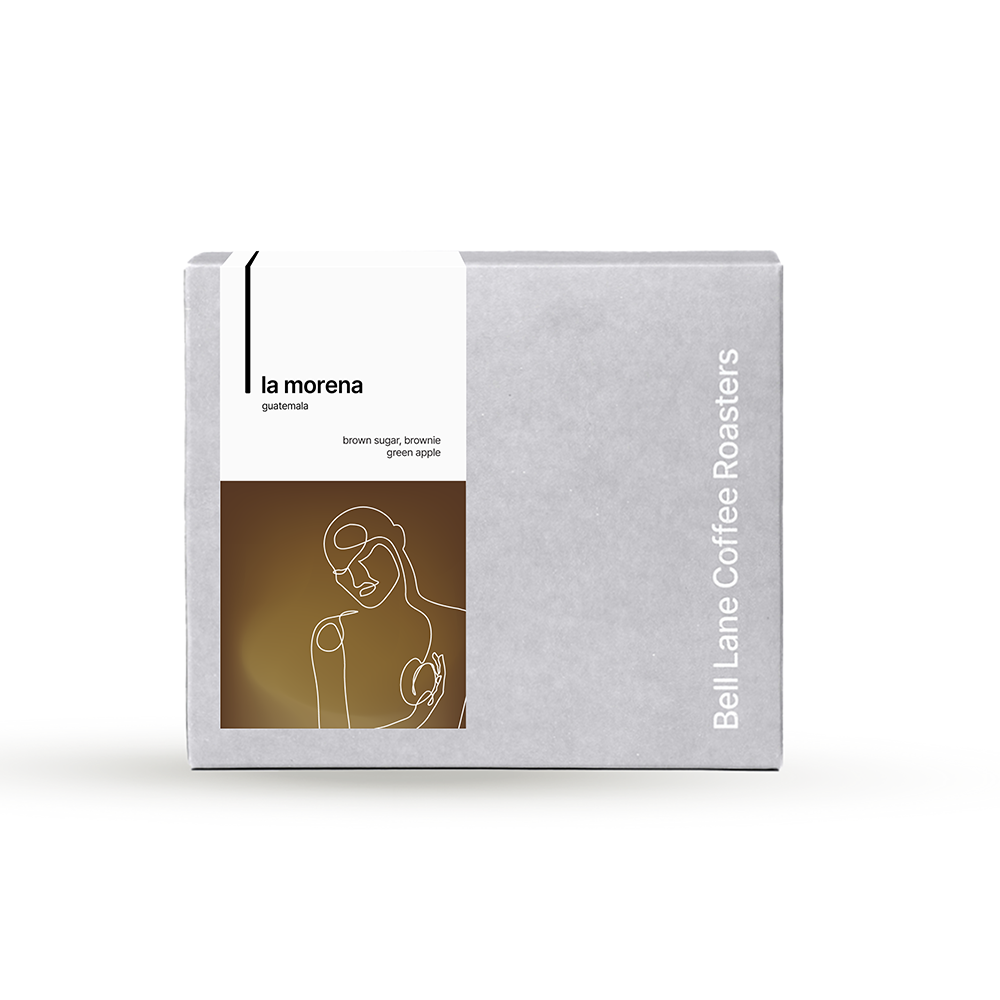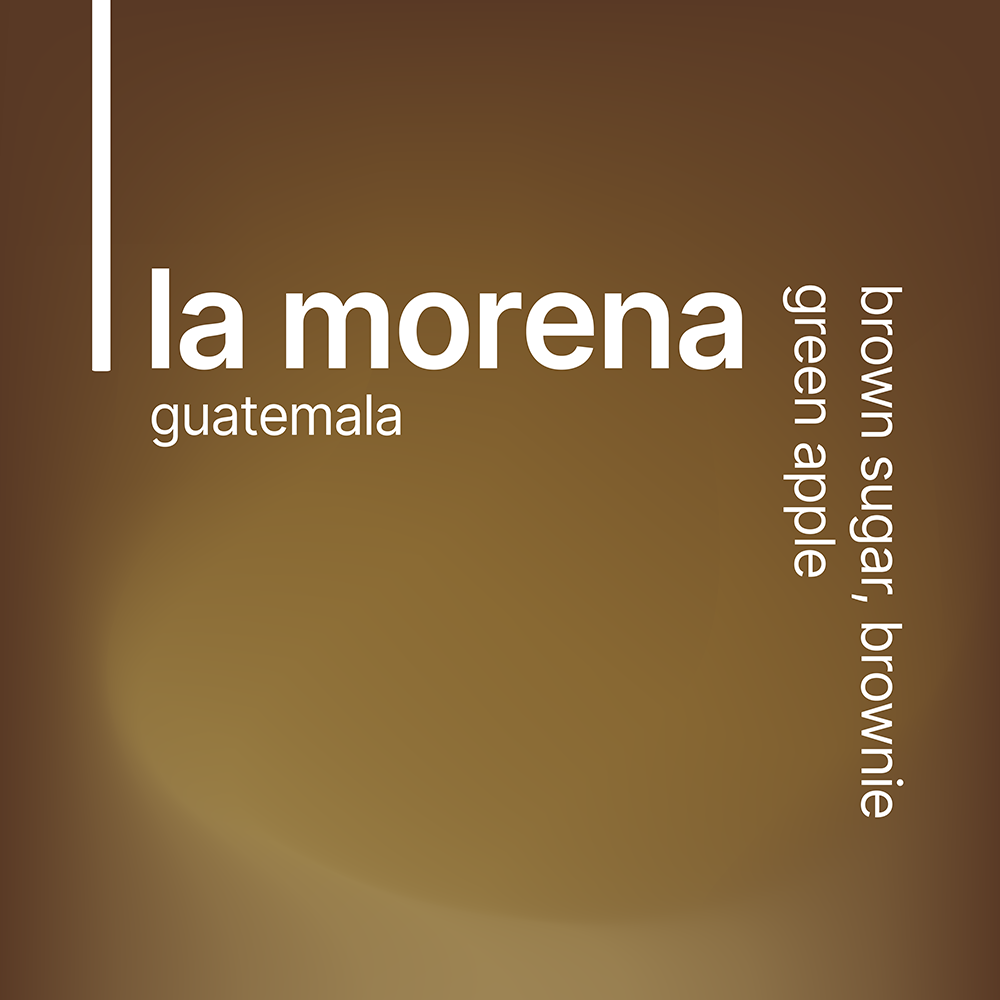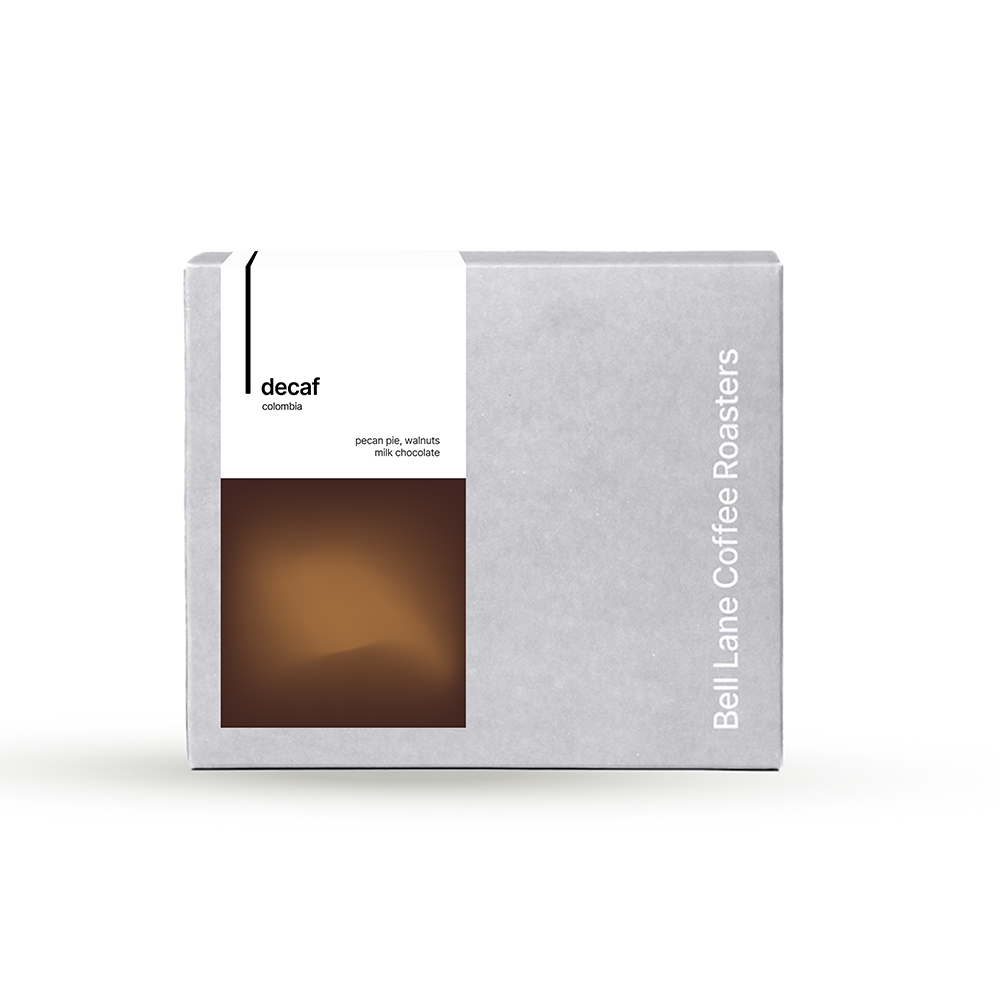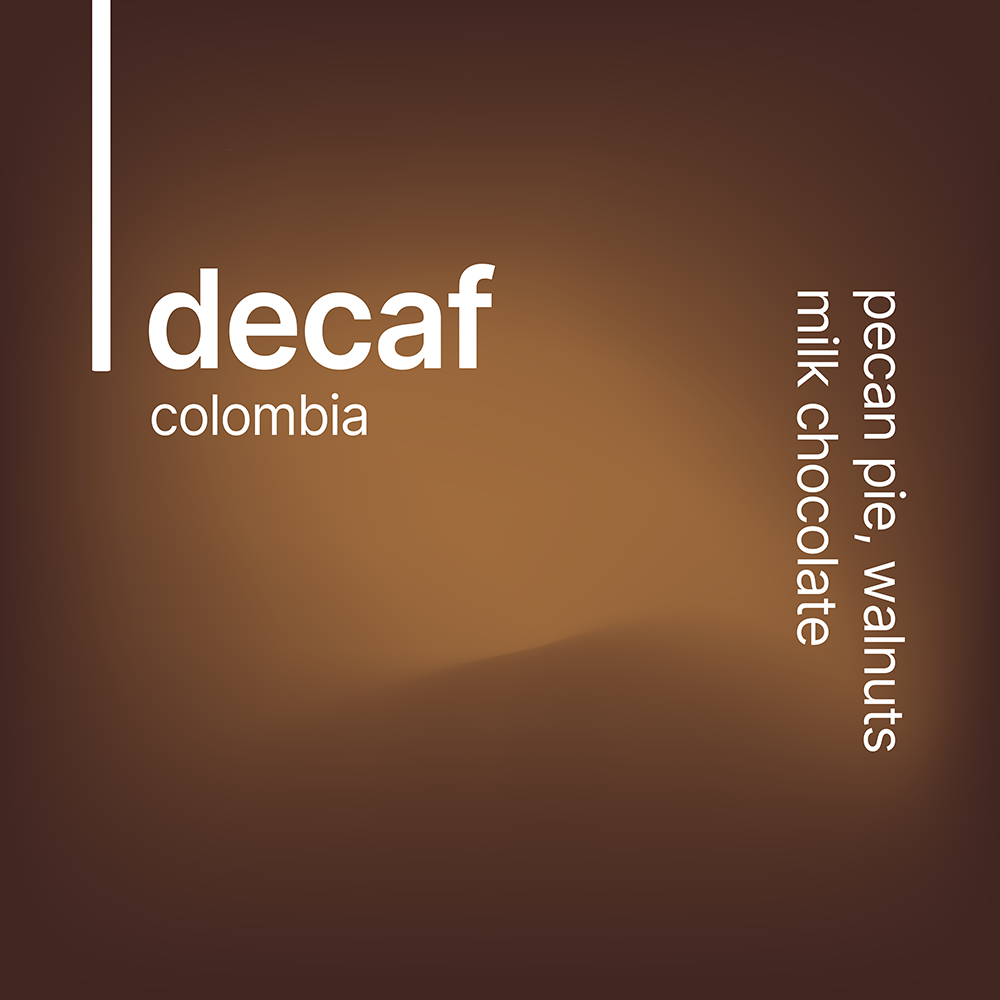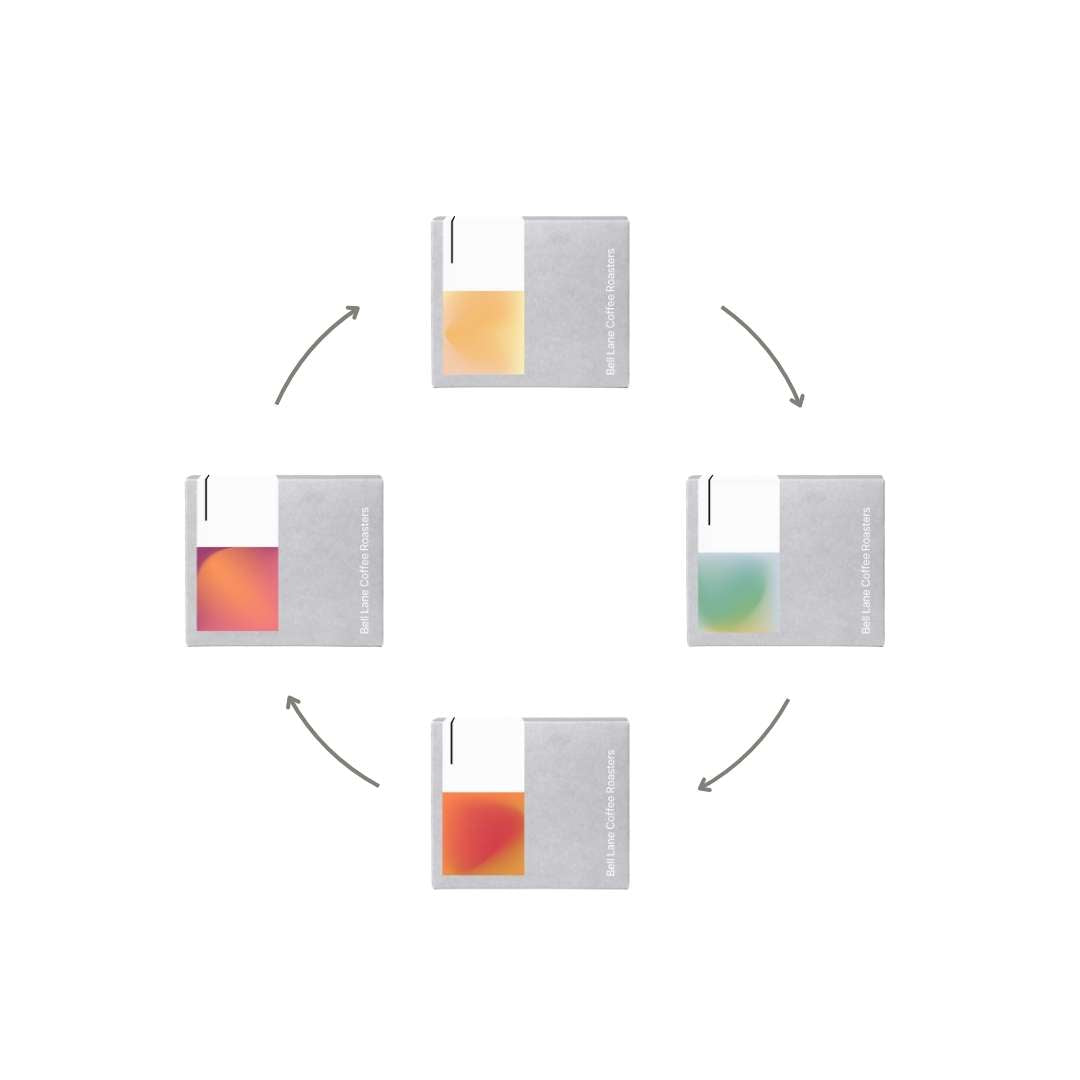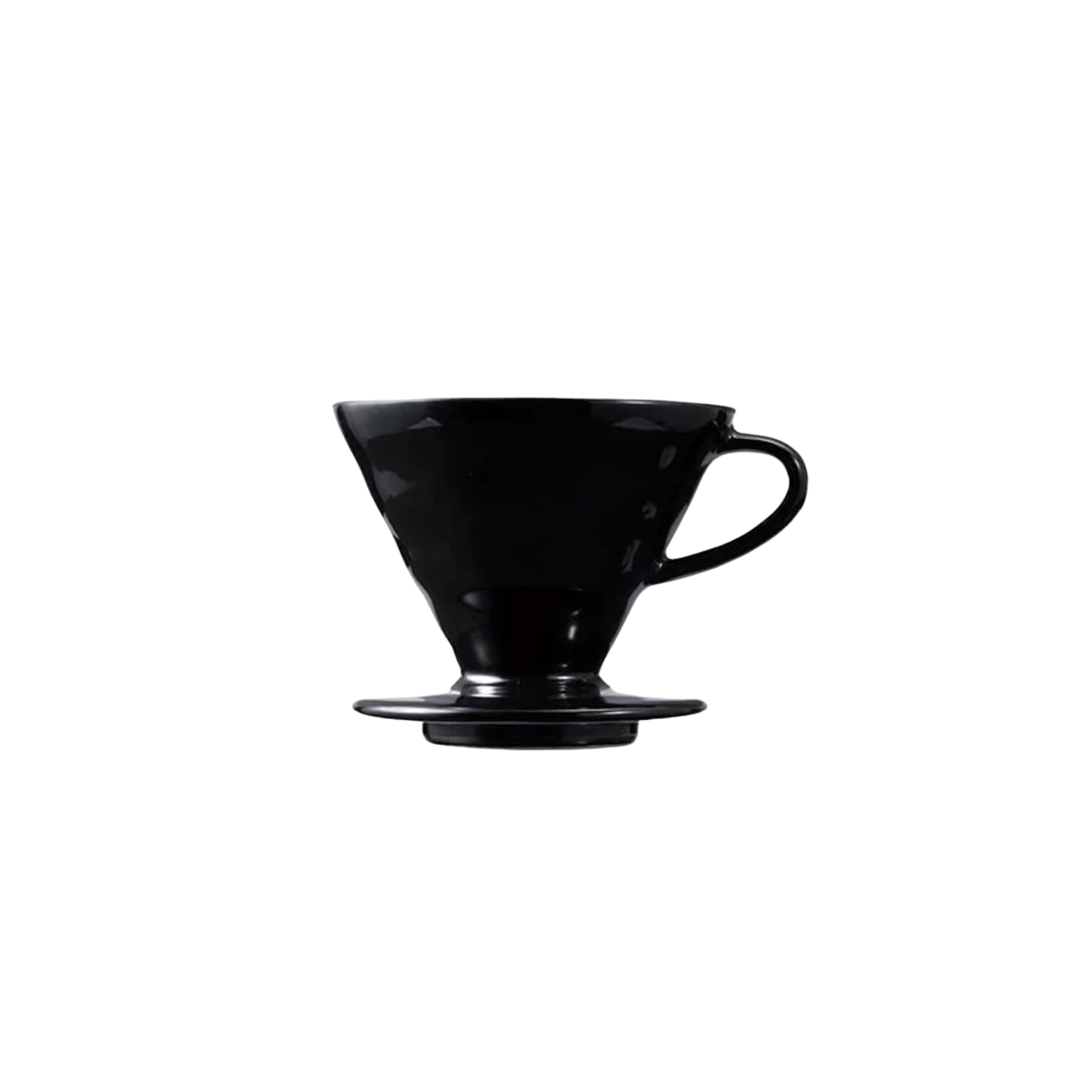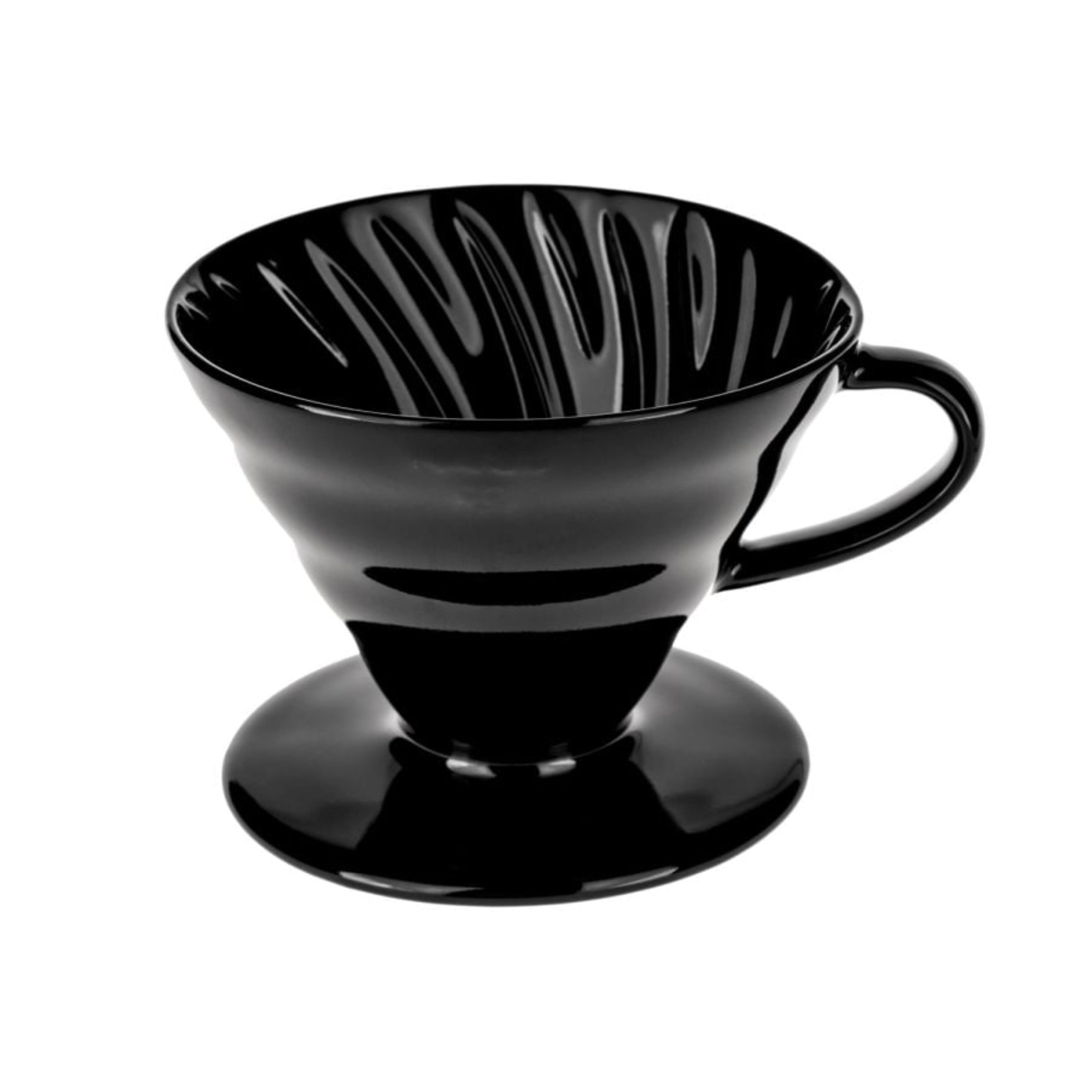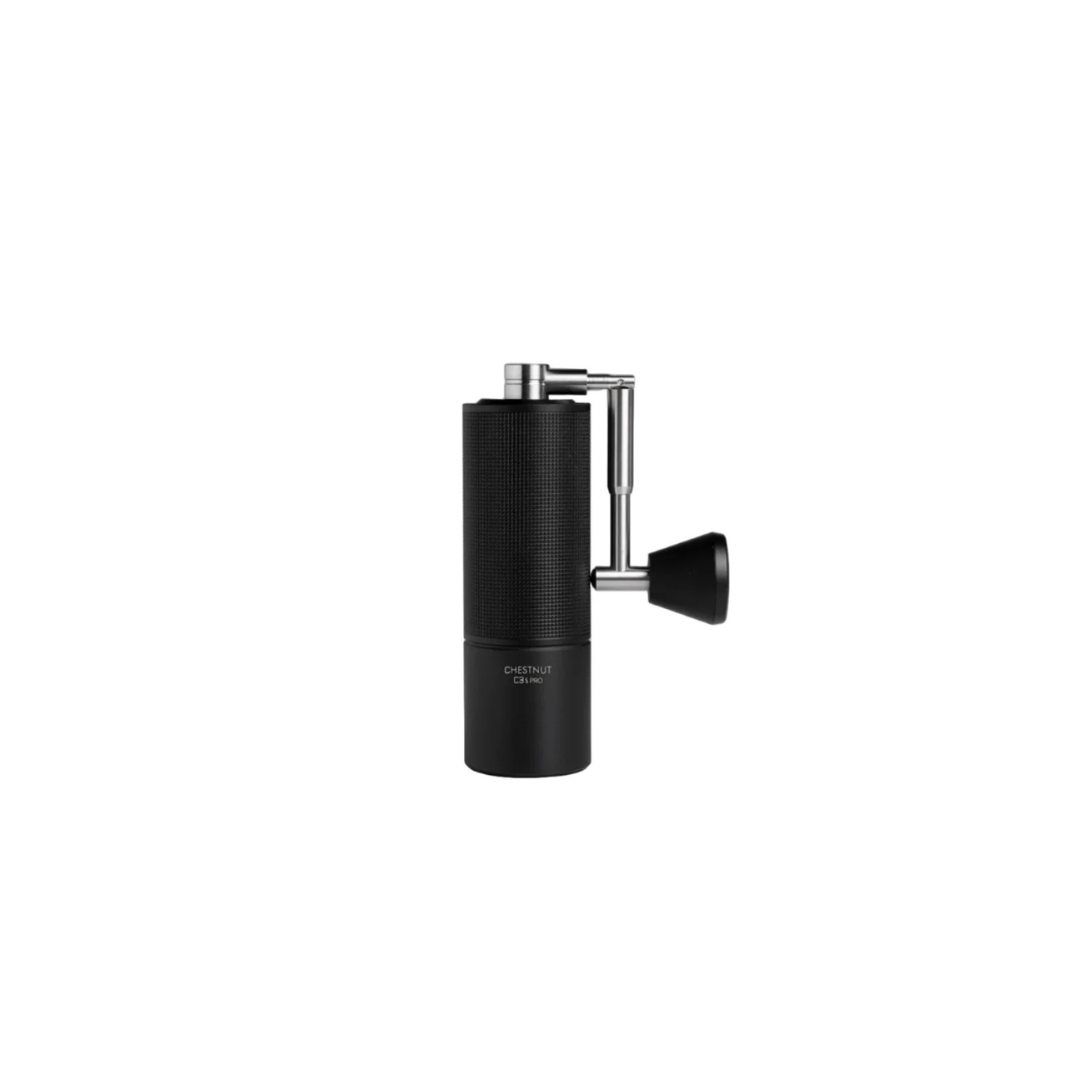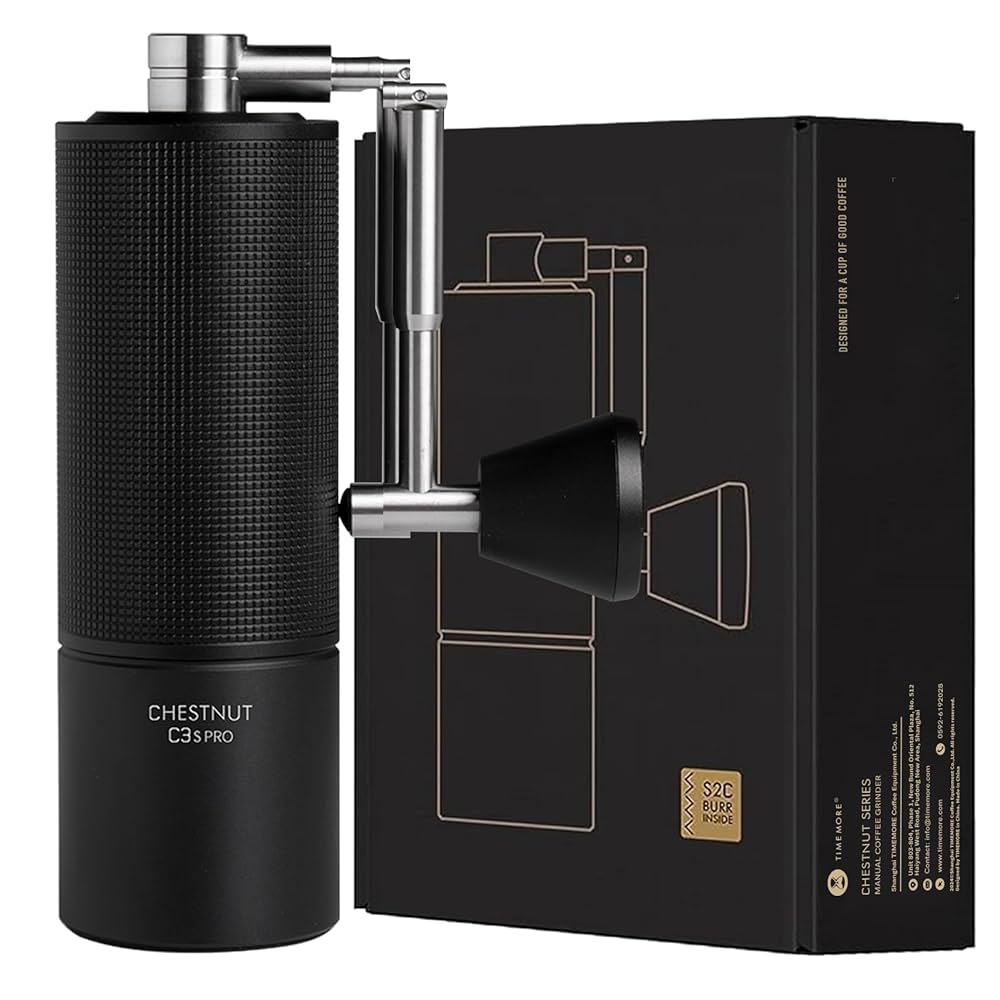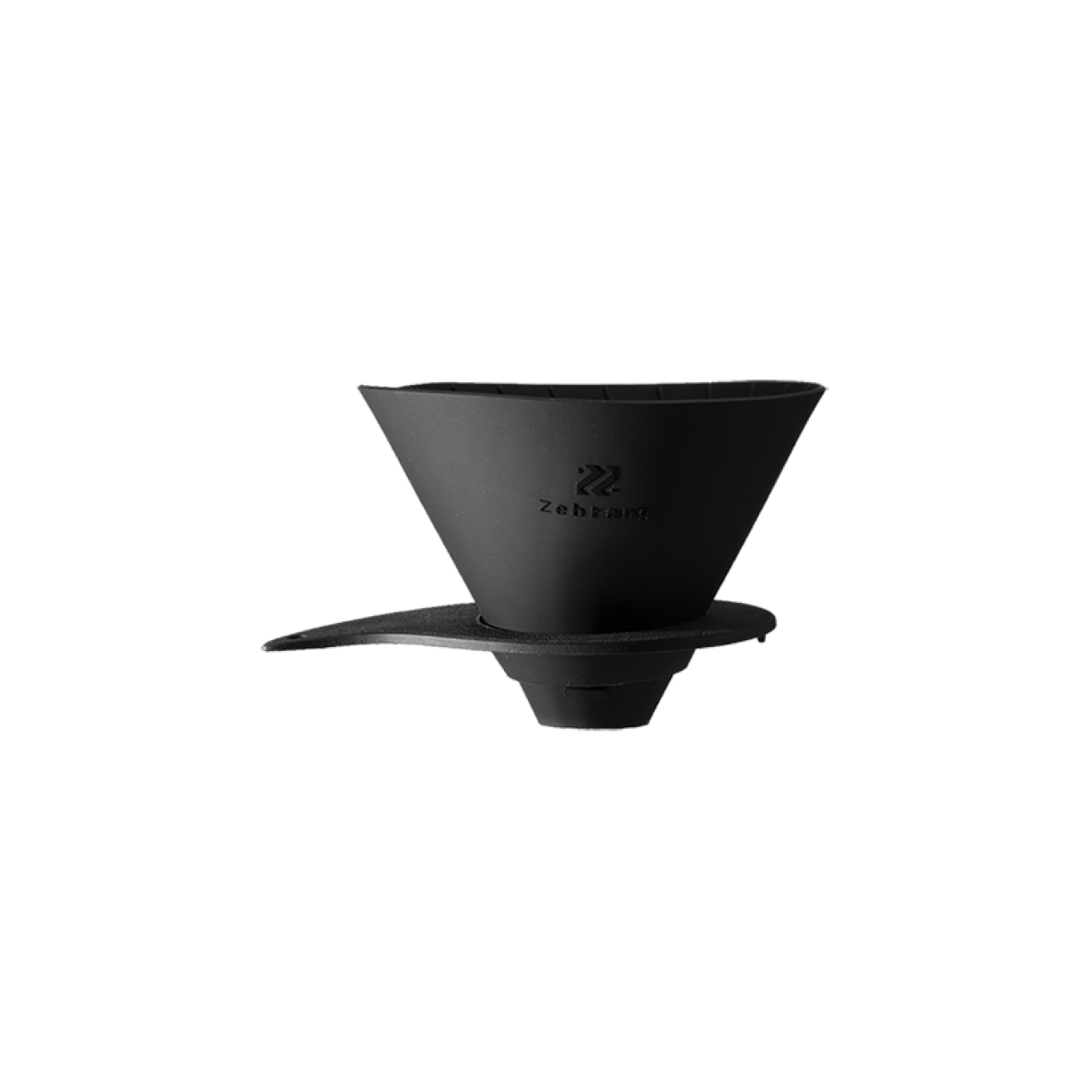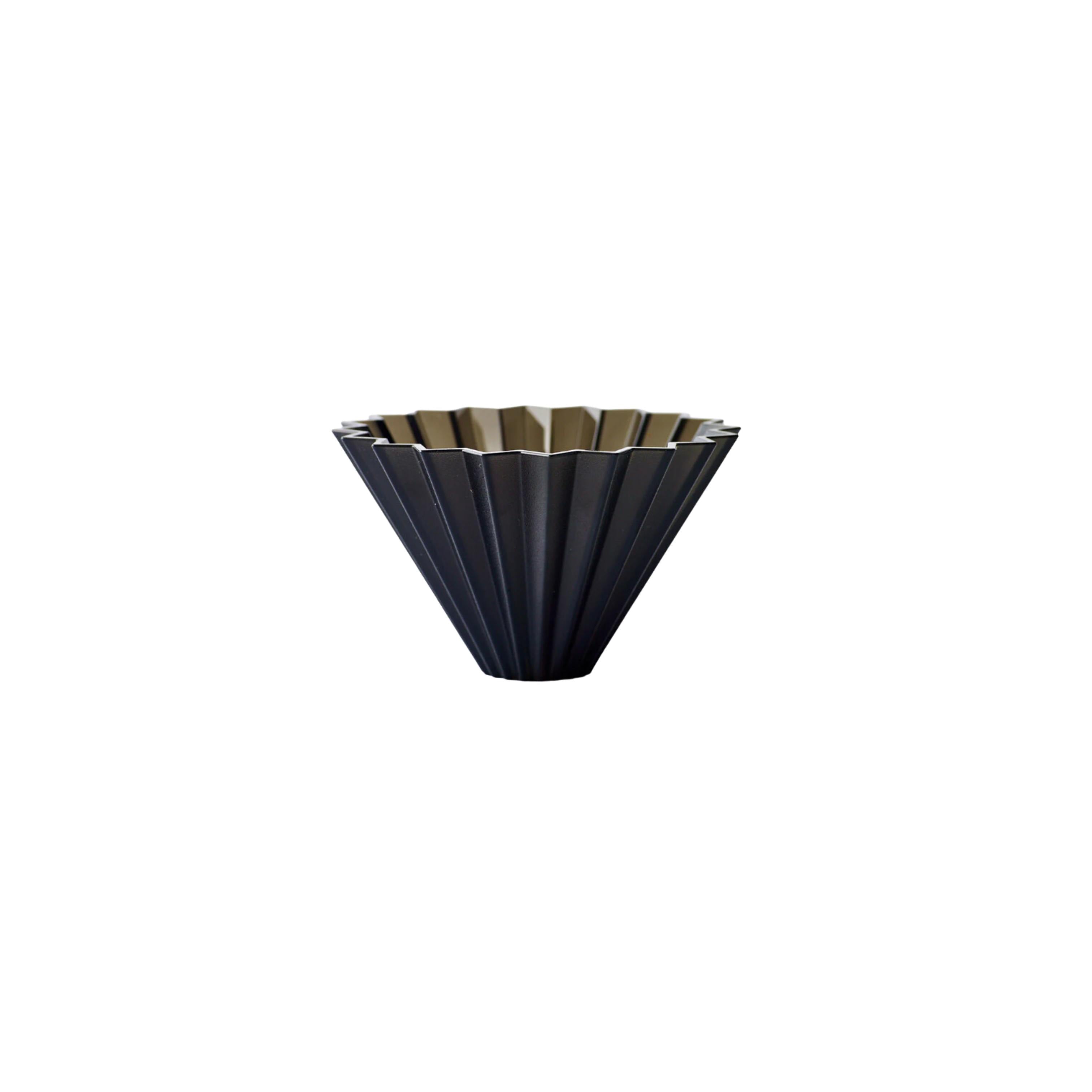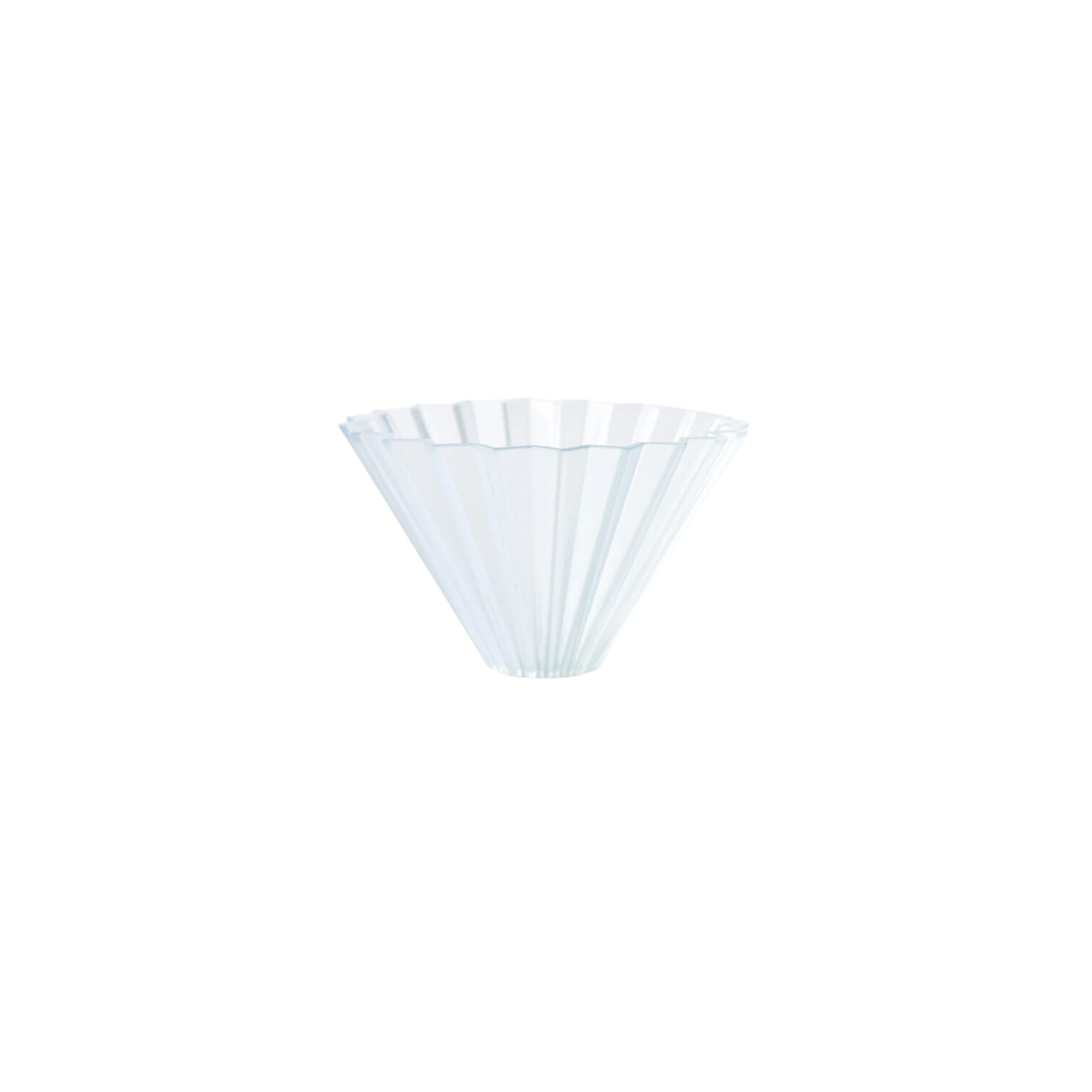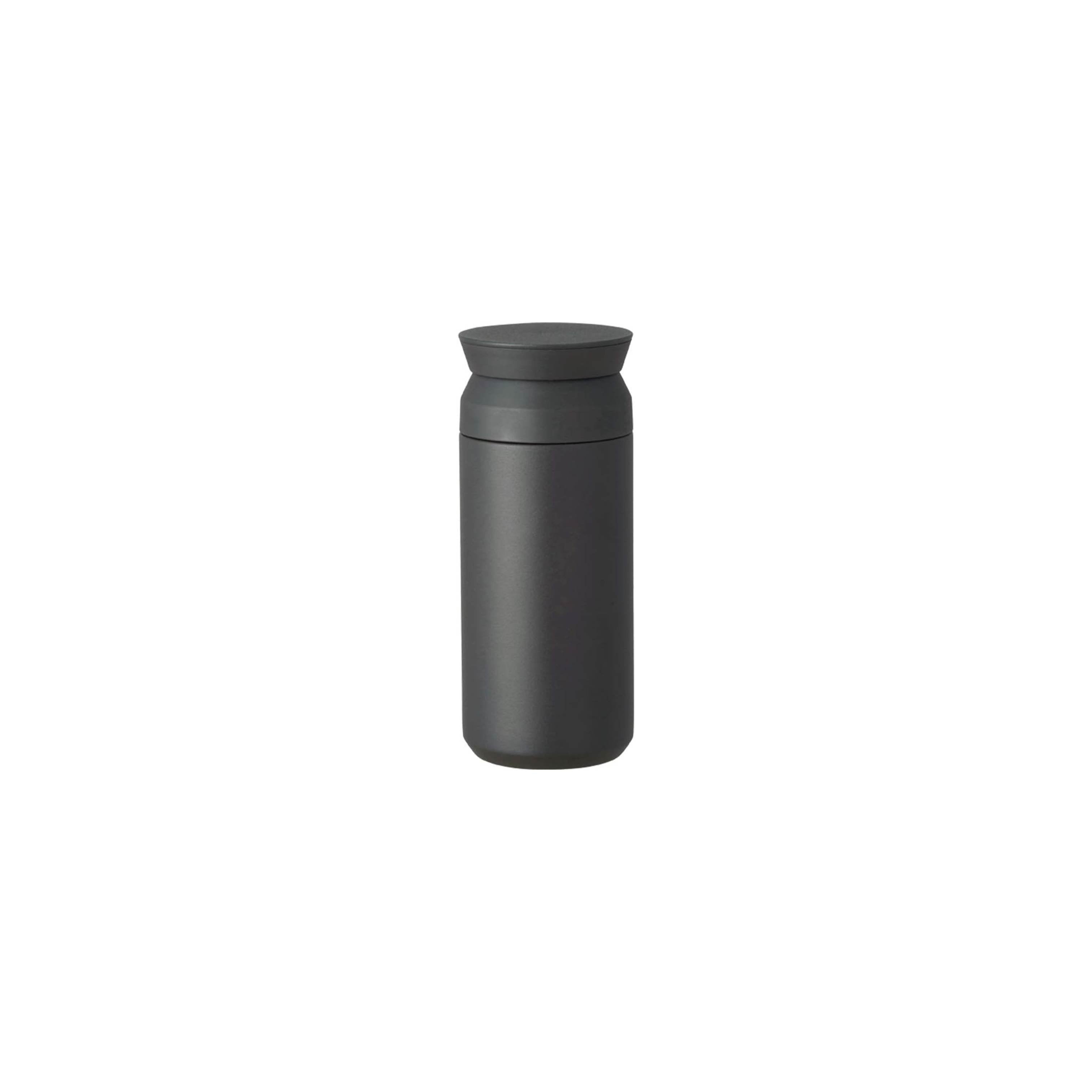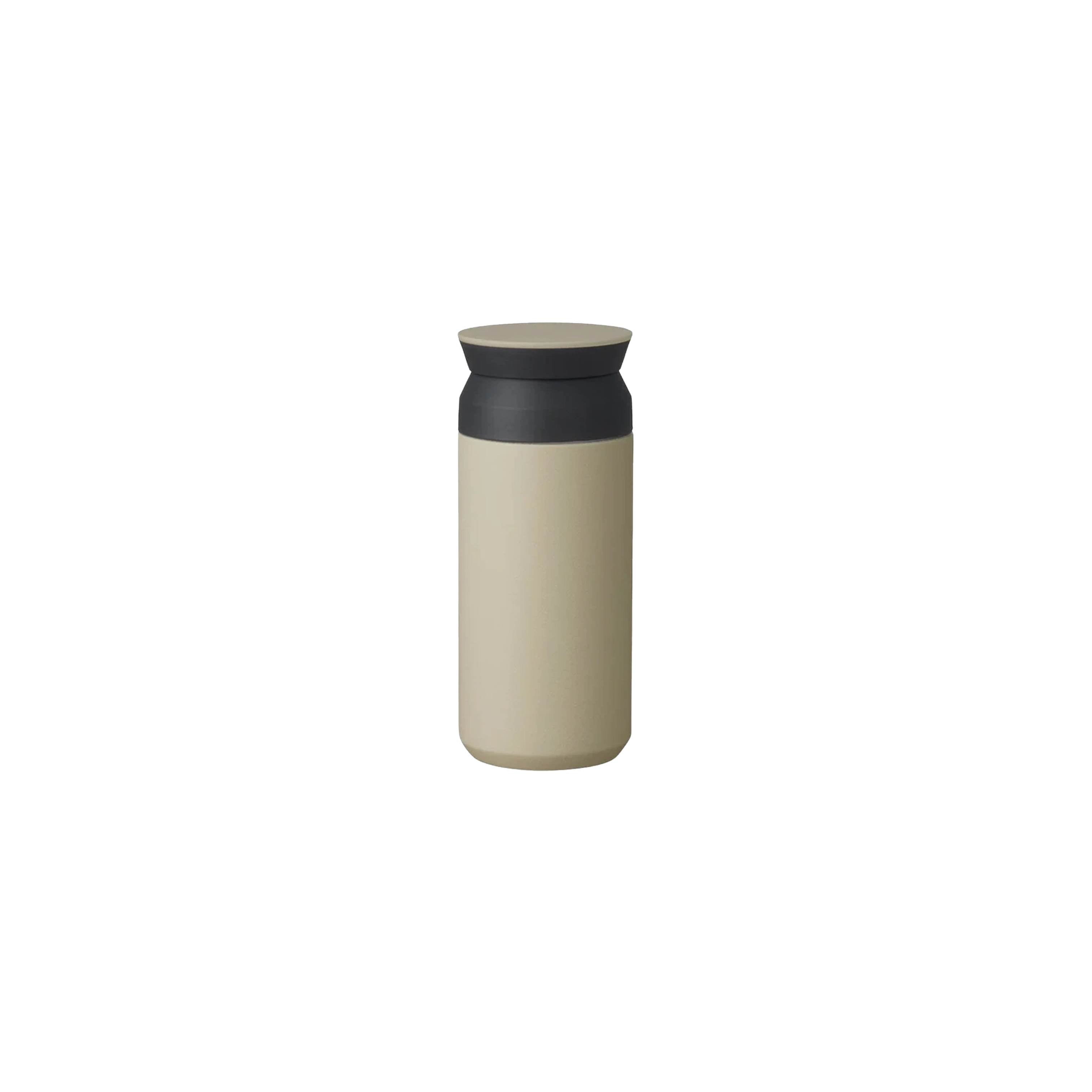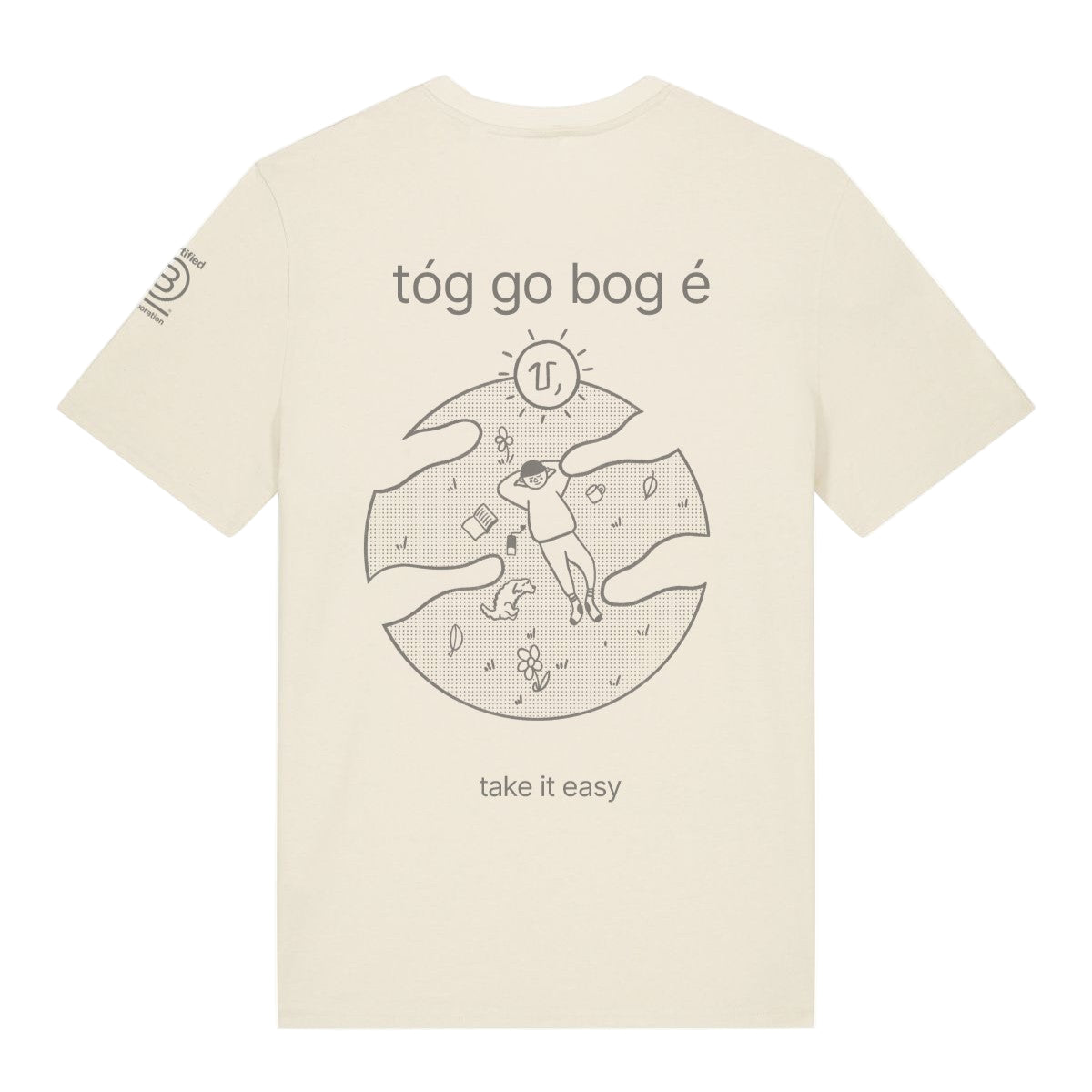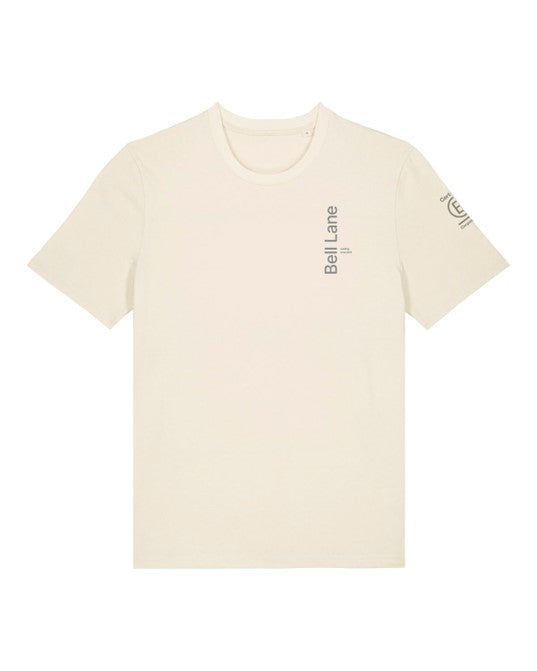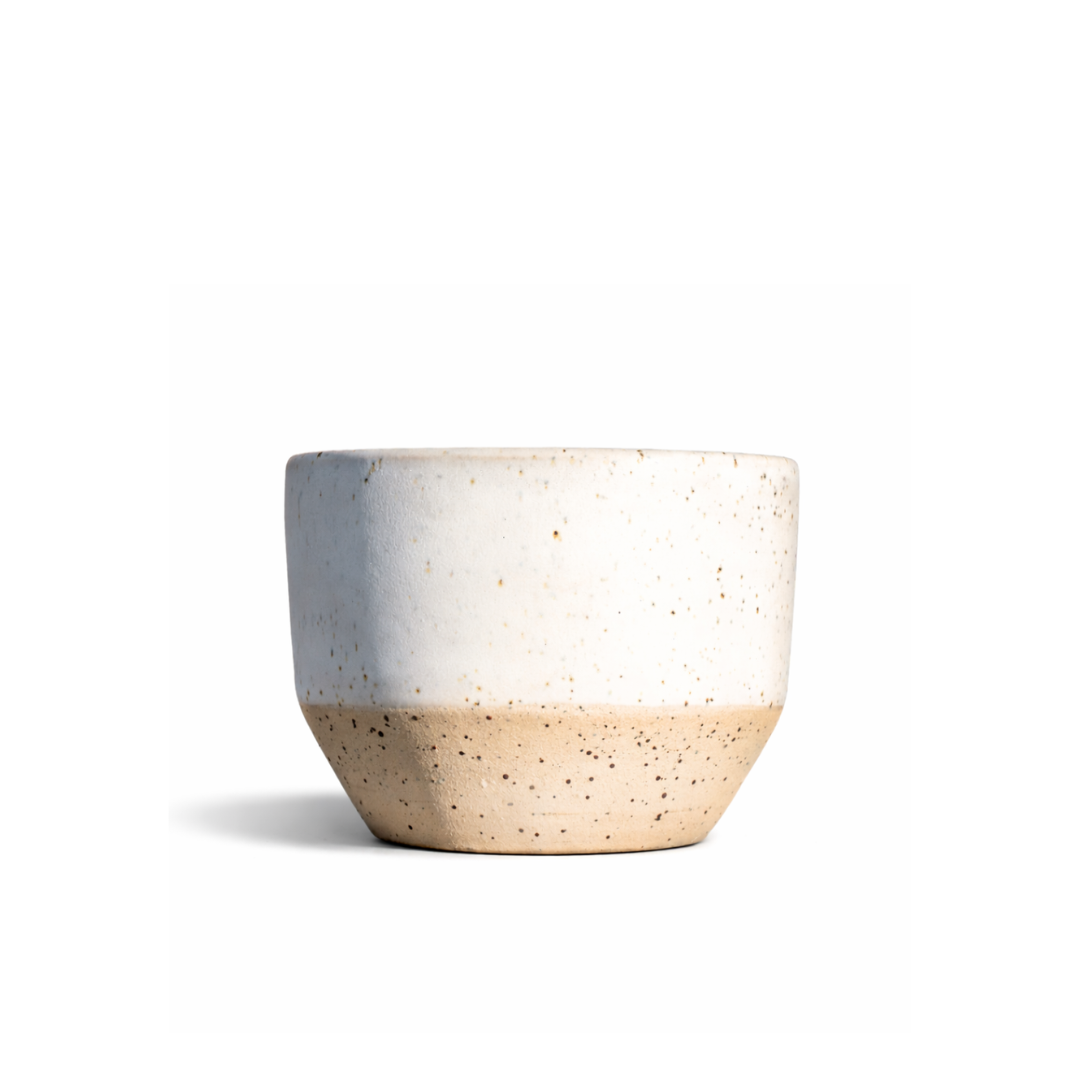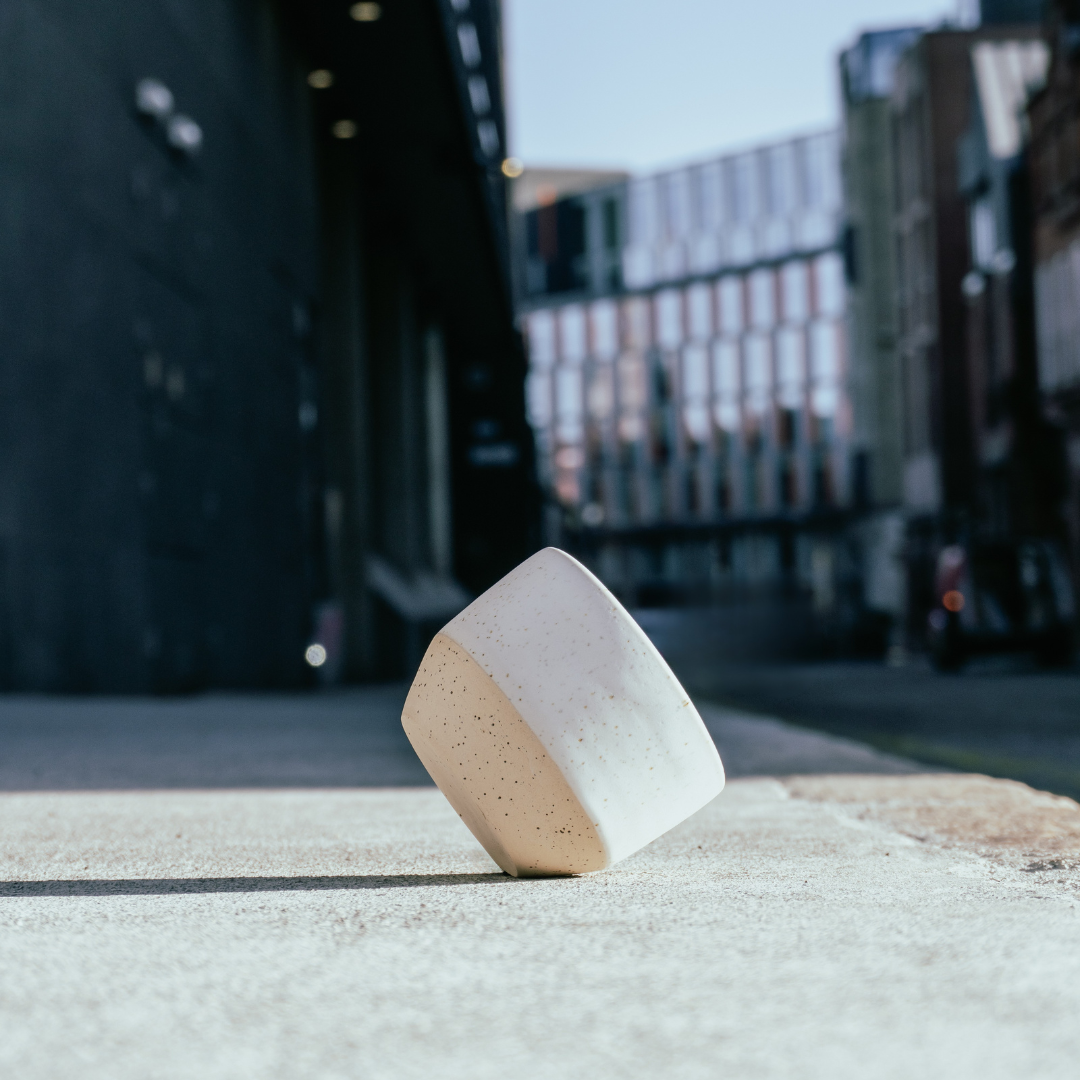coffee in colour
Our labels are designed to reflect the tasting experience at a glance. Each colour is drawn from the tasting notes, giving an immediate sense of flavour. Linework represents the structure of the cup—whether notes are distinct or integrated—while brightness reflects the brew method, from filter to espresso.
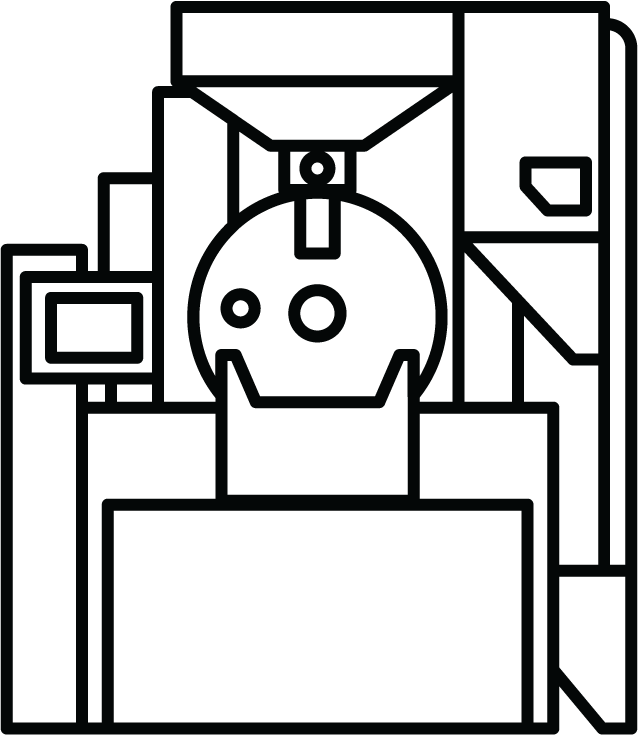
roasting since 2012

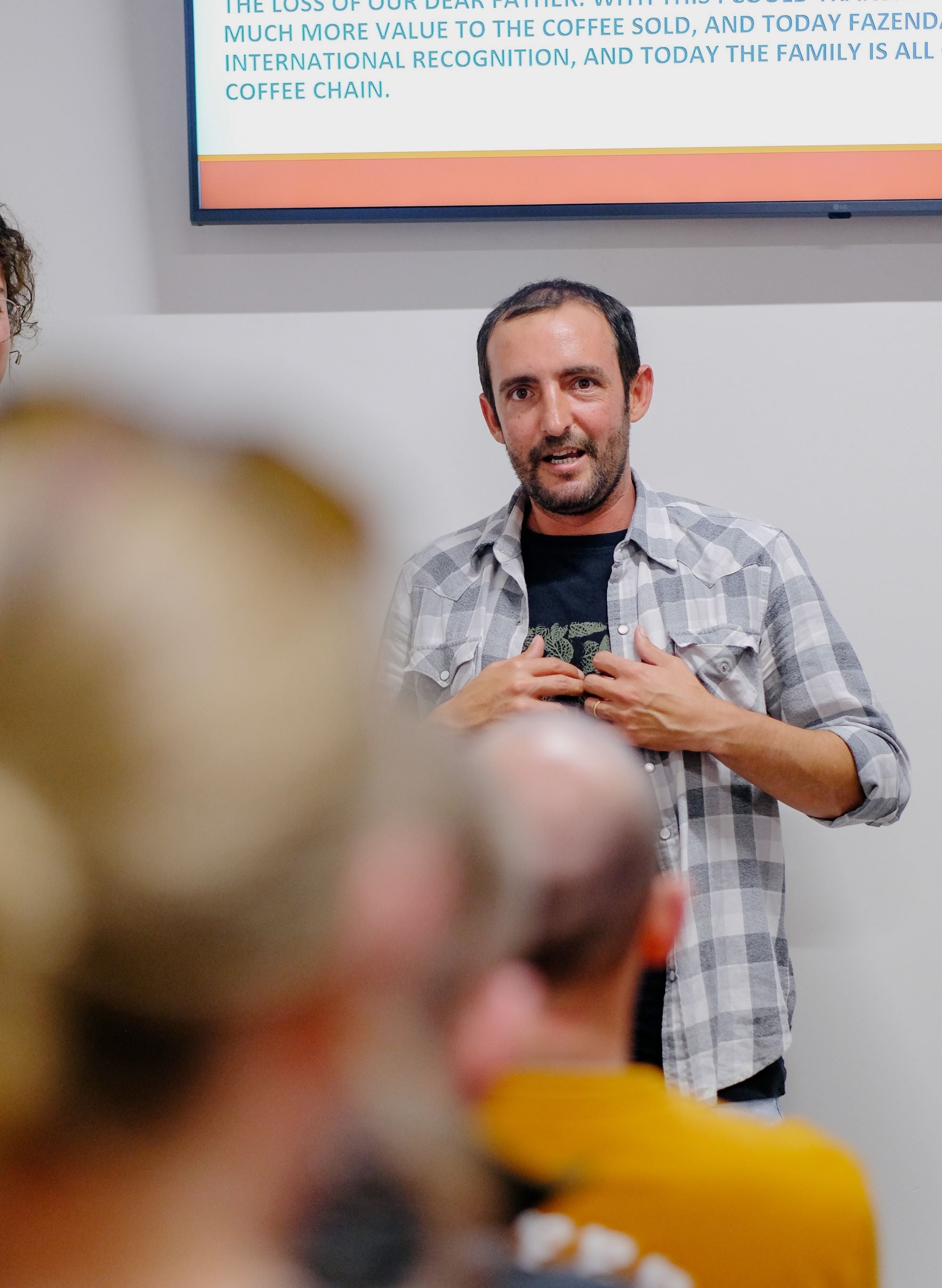
our story
Since 2012, our coffee story has unfolded as a journey of constant learning and improvement. Building genuine relationships with coffee producers is at the heart of everything we do. We believe these connections matter because they mean better coffee for you and a positive impact on the communities we source from.
We partner with producers we know and trust, ensuring quality throughout every step of the roasting process. We meticulously roast beans to their full potential, honouring the hard work and dedication of skilled producers, resulting in a delicious cup that reflects the unique character of each origin.
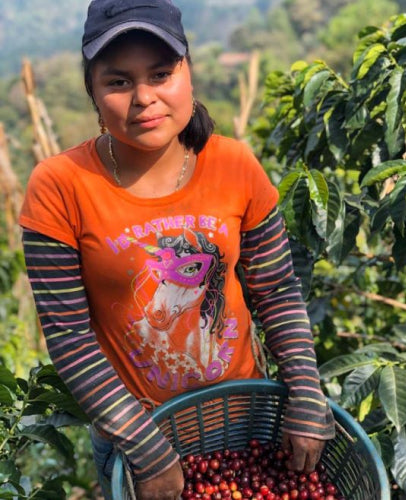
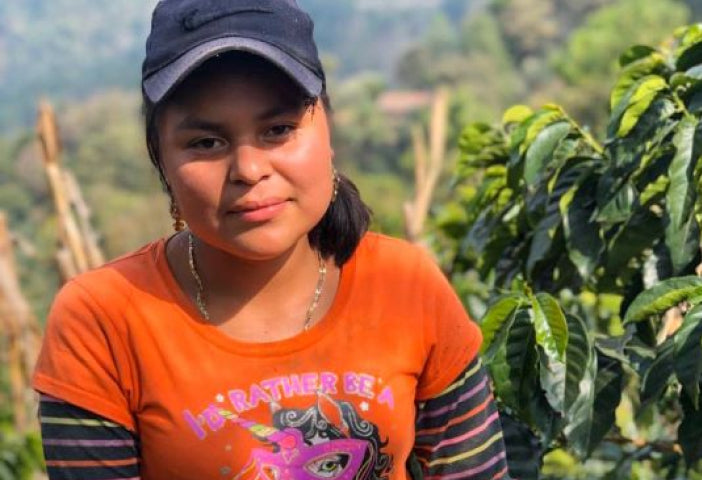
community
Our partnerships are built on the principles of honesty, sustainability, and supporting coffee producers. This approach ensures both exceptional coffee quality and financial stability for the communities behind your cup.
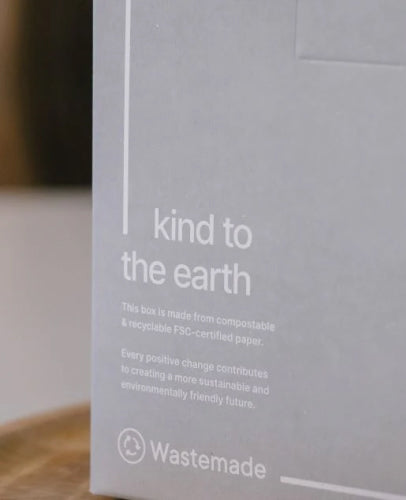
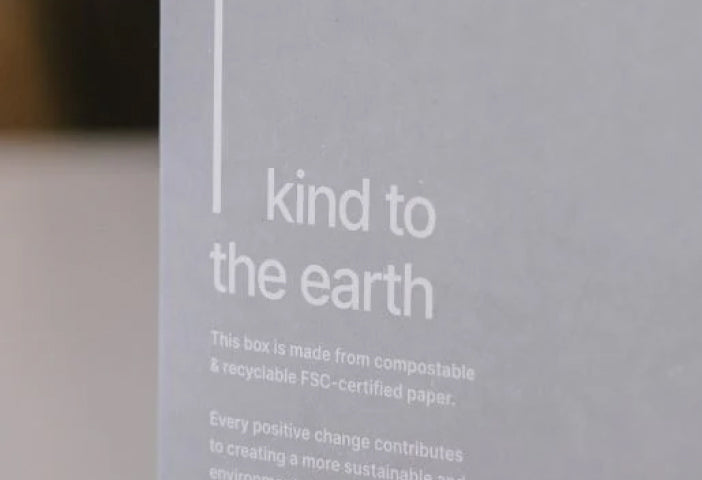
responsibility
We are dedicated to minimising our environmental impact. This commitment starts with partnering with suppliers who share our values and implement sustainable practices throughout the entire coffee journey. This includes responsible sourcing, eco-friendly packaging, and utilising innovative roasting technology like our IMF roaster, which reduces emissions up to 98% compared to traditional drum roasters.
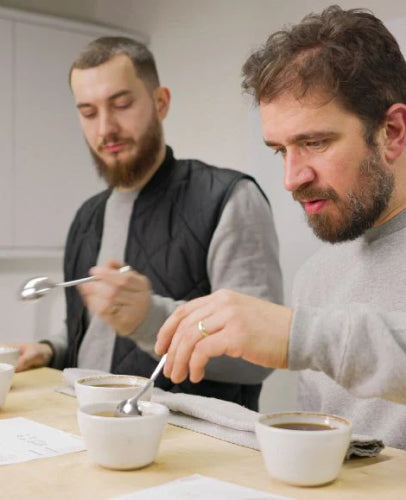
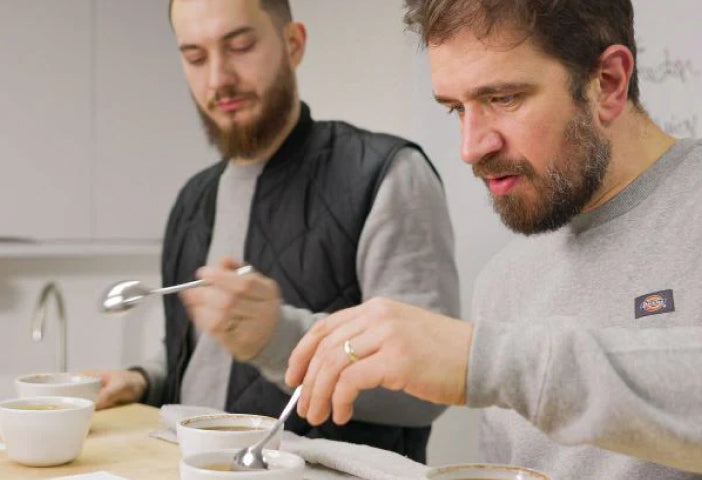
learn
Coffee is more than just a drink. It's an exploration of flavours, origins, and brewing methods. We're here to guide you, helping you find your perfect cup. We offer comprehensive training to our wholesale partners, and regularly open the roastery for interactive fun brew classes.
from journal
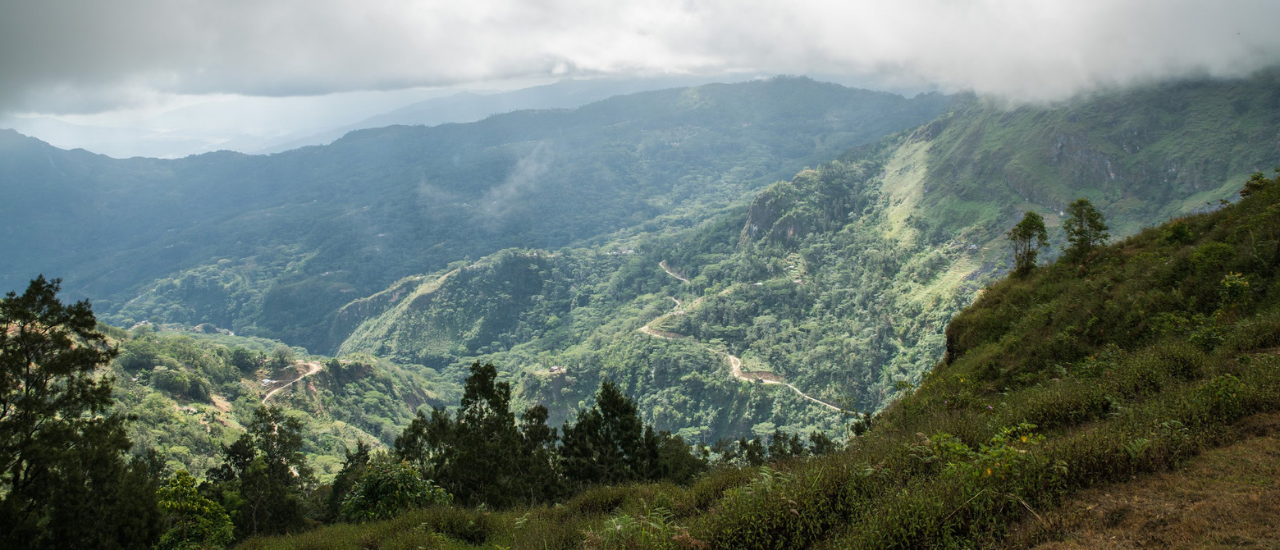
planting the future: the 11 million trees project
At Bell Lane, we know that coffee can be a force for good, especially for the communities and ecosystems that produce it. That’s why we're proud to back the 11 Million Trees Project in Timor-Leste, led by our long-standing sourcing partner, Raw Material. This project is a long-term investment in coffee, people, land, climate, and the ecosystems that support coffee production. coffee at the core This is, first and foremost, a coffee-led project. After gaining independence in 2002, Timor-Leste became the most reliant on oil of all nations in the world with 95% of its income tied to oil exports. That stream of income is now diminishing. The country's second largest industry is coffee, but the current coffee infrastructure presents some challenges: coffee trees are 40 years old on average productivity is low (about 20% of the global average) yearly harvests provide an unpredictable yield Coffee is grown by 37.5% of Timor-Leste households. However, most of these people live below the poverty line. This project aims to change this by: planting a test forest to determine which varietals perform best in Timor-Leste's evolving climate develop a large scale nursery to supply seedlings to 10,000 local families lift incomes immediately and in the long-term seedlings growing in a nursery in timor-leste raw material & phase one Our coffee sourcing partners, Raw Material, have spent eight years on the ground in Timor-Leste already, testing processing methods, improving quality, and getting to know the opportunities and limitations of power, transport, training, marketing, and agronomy. They've already looked at renewable energy, plastic repurposing, and bamboo infrastructure in partnership with Engineers Without Borders. Together, they aim to form a practical and regenerative system that will lift yields, stabilise quality, and double the value of coffee exports.Most importantly, their efforts and our collective support will reduce poverty for coffee-growing households. As we launch phase two, we’re inviting you to join us and become part of this change. matt and ameta from raw material more than trees While being a coffee led project that aims to double coffee production in the region, the 11 Million Trees project also aims to: halve poverty rates build climate resilience that lasts for generations To achieve this, Raw Material is planting disease-resistant, high-yield varietals in a soon to be developed testing forest. This will help identify which plants are best suited to Timor-Leste’s evolving climate. From there, a large-scale nursery will provide seedlings to 10,000 local households, boosting incomes in both the short and long-term. coffee being processed in timor-leste the ecosystem around coffee This is where things get really interesting. It’s not just about what grows, but about how it’s grown and how it can be sustained. The 11 Million Trees initiative will also see: unwanted solar panels from Australia being reused to power processing stations plastic waste being turned into components and tools locally sourced bamboo being used as a sustainable and local way to replace rust-prone steel This all speaks to our B Corp values at Bell Lane where every decision we take is aimed at benefitting people and the planet. plastic upcycling in timor-leste why we’re getting involved We’ve worked with Raw Material for years, sourcing coffees from the producers they support and sharing their mission of value distribution. Backing this project is a natural continuation of that relationship and an exciting step for everyone at Bell Lane. This project also asks and answers the right type of questions: how do we protect coffee’s future in the face of climate change? how can we support farmers to earn more, not just survive? how do we rebuild systems that were never built with equity in mind? We’re proud to be part of the answer and you can can get involved too. a farmer fertilises a young coffee tree in timor-leste how you can get involved Bell Lane isn’t alone in this project. Other roasteries and coffee lovers around the world are getting behind this initiative because when we work together we can do so much more than anything we do alone. If you’d like to be part of this project, you can pledge your support, from planting a single tree, to a forest, or even joining the global tasting team. This is an opportunity to plant something that grows beyond us all, while leaving a lasting impression for the people of Timor-Leste for generations to come. the team on the ground in timor-leste
Discover more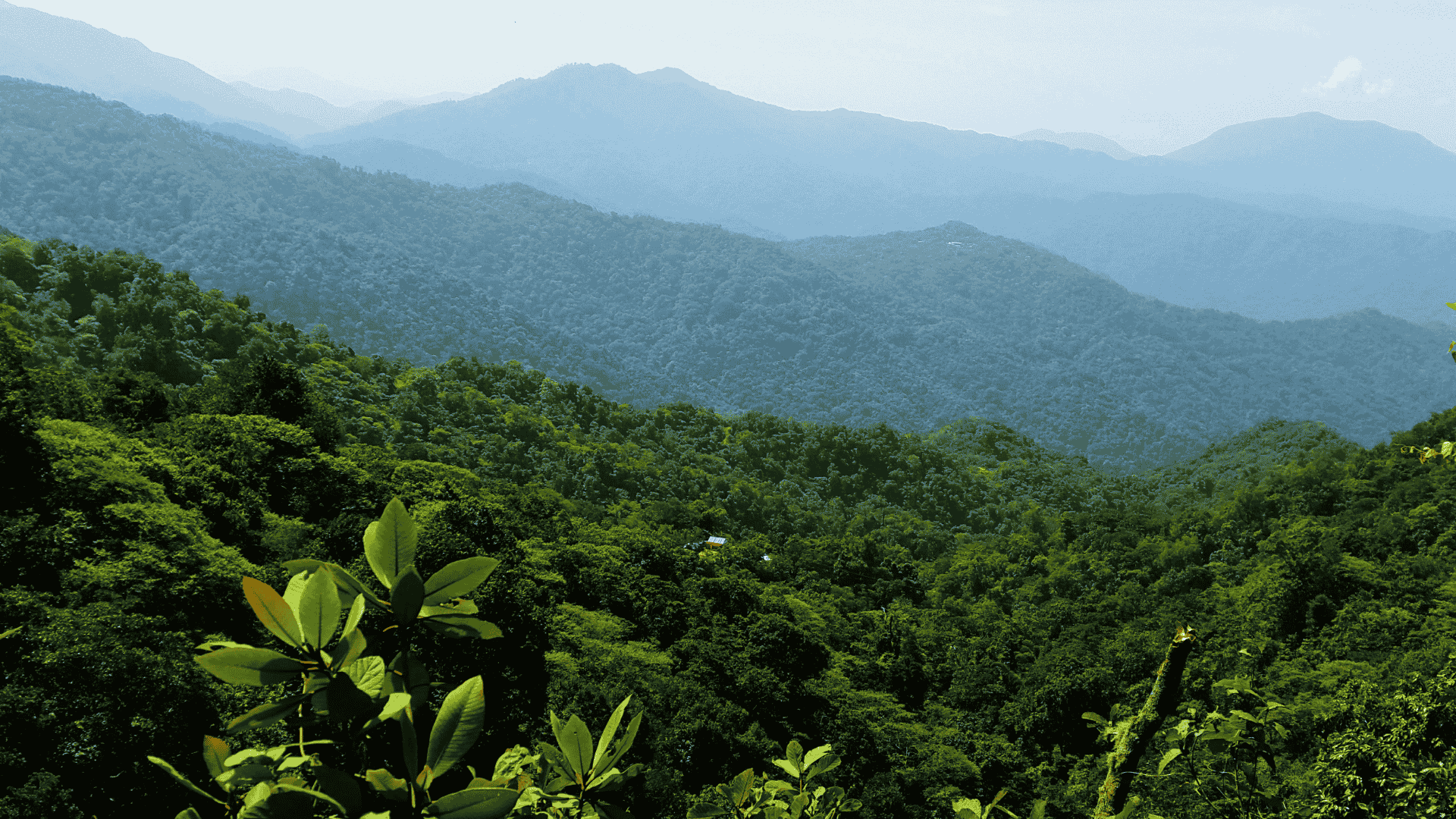
what’s so special about specialty coffee?
If you’ve heard the term specialty coffee before, but aren't exactly sure what it means, you’re in the right place. Here we'll take a look at specialty coffee's origins, what defines it, and what really makes it. the origin of specialty coffee The term specialty coffee was first coined by Erna Knutsen in 1974 during an interview with Tea & Coffee Trade Journal. A pioneer in the coffee industry, Erna was a champion of small roasters and high-quality coffee at a time when large corporations dominated the market. She faced significant challenges in a male-dominated industry yet laid the foundations for what we understand specialty coffee to be today, which is coffee that is produced with care and excellence from seed to cup. Her lifelong work and dedication to coffee earned Erna the unofficial title, 'the Godmother of Specialty Coffee'. erna knutsen, the 'godmother of specialty coffee' defining specialty coffee At its core, specialty coffee is coffee that is scored 80 points or higher out of 100 by certified coffee tasters (Q Graders). However, the definition from the Specialty Coffee Association provides a more holistic view. They define specialty coffee as, "a coffee or coffee experience that is recognised for its distinctive attributes, resulting in a higher value within the marketplace." This reflects Head Roaster Niko Sunko's belief that specialty coffee is about more than a score. It's about the people who grow it and the processes that make it. Unlike commodity coffee (grown and traded in bulk with a focus on yield), specialty coffee is grown with care, generally harvested by hand, and processed with precision using techniques sometimes passed down for generations. coffee growing at altitude in mexico's union san pedro 5 things that make it special 1. it starts on the farm Specialty coffee begins with high-quality Arabica beans, grown at higher altitudes in ideal climates. Farmers focus on sustainable practices, soil health, and selective picking, choosing only the ripest cherries. 2. it’s processed with precision Once picked, the beans are carefully processed (washed, natural, or honey process) to bring out their natural sweetness and complexity. This step affects the final flavour just as much as the roast. 3. it’s traceable Most specialty coffee can tell you where it came from. Not just the country, but the region, the farm, even the lot. This transparency supports ethical sourcing and better relationships between roasters and producers. 4. it’s roasted for flavour Specialty coffee is lightly roasted in small batches to let the origin's characteristics shine through. This differs from a dark roast which can be used to mask flavours. 5. it’s brewed with care Whether you’re using a French press or a pour-over, brewing specialty coffee is about paying attention to variables. Your grind size, water temperature, and brewing time unlock the full flavour. coffee cherries drying on beds at enrique lopez's farm in mexico what does specialty coffee taste like? It depends. An Ethiopian coffee might taste like blueberries and tropical fruits. A Colombian might taste like peach and plum. Specialty coffee varies wildly. Part of the fun is discovering flavours you didn’t even know coffee could have. And even ordering from the same producer year after year and noticing the nuances between each harvest, similar to wine tasting . where do I start? You're in the right place. Bell Lane Coffee is a specialty coffee roaster and you can use our intuitive label design to find a coffee that's right for you at a glance. Whether it's espresso, filter, or coffee subscriptions, we've got you covered for specialty coffee. coffee cherries being "washed" at origin
Discover more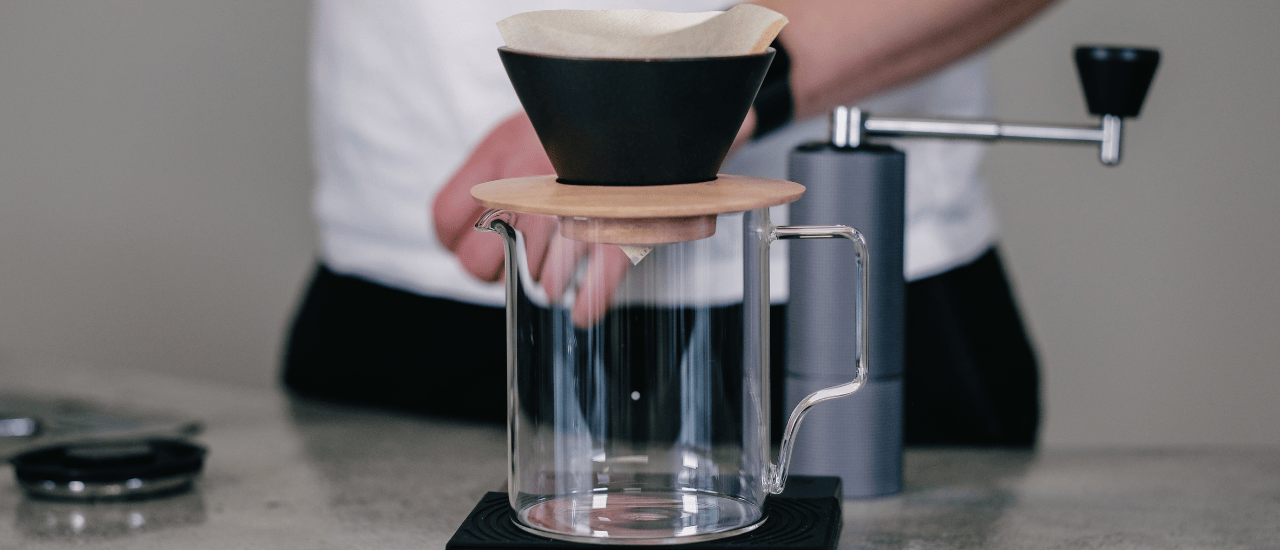
how to brew a great V60 at home (no experience needed)
So, you’ve decided to dive into the world of filter coffee. Great choice. Previously, we've looked at the differences between filter and espresso. In this post, we’re getting hands-on with one of the most popular and approachable filter methods out there. Although the V60 can look intimidating at first, with a little guidance anyone can brew a bright, clean, and delicious cup at home. No barista training needed. the iconic cone shape of a V60 what is a V60? The V60 is a cone-shaped dripper made by Hario, designed to sit on top of your cup or a server. You pop in a paper filter, add coffee grounds, and pour hot water over it in stages. Gravity does the rest. The result? A light, nuanced cup that highlights the character of the coffee. If you enjoy exploring flavour notes and prefer a smoother brew, this is for you. what you’ll need Before you get started, gather your equipment: V60 cone dripper matching filters freshly ground filter coffee grinder (burr grinder recommended) kettle, ideally gooseneck for better control (but a standard kettle is fine to start) scales (optional, but helps with consistency) timer or phone stopwatch your favourite mug or server scales give you precision with every brew grind size Grind size is very important for making a good V60 and your grinder will have a range of settings for V60 specifically. For example, the recommended V60 setting on a traditional Comandante grinder is 20-30 clicks. For this Timemore grinder, it's 10-13 clicks. At Bell Lane, we try to grind as fine as we possibly can. Once our brew becomes astringent or too dry, we know we've pushed it too far. From there, we usually bring it back a click or two. Check the recommended settings for your grinder and play with each point in the range (and beyond) to see which setting works best for you. coffee dose It's also important to think about both water volume and coffee dose. A good starting ratio is 16:1. That means for every 1g of coffee, use 16g (or 16ml) of water. So, for a 20g coffee, use 320ml of water. From there, you have a good base to experiment with the weight of coffee grounds and the volume of water. Adjust up or down depending on your preferences. water matters Use fresh water, ideally soft water, to avoid flavour loss. Although you'll see many recommendations for your water temperature to be around 92–96°C, at Bell Lane we brew just off the boil at 100°C. This is because our lighter roast profile for filter coffees allows for a boiling hot brew. variables, like water, influence your final cup step-by-step guide 1. rinse & preheat Place the filter paper into your V60 and rinse it with hot water. This removes any papery taste and preheats your dripper and mug or server. Discard the rinsed water. 2. add coffee grounds Place your V60 on the mug or server, add your coffee grounds, and gently shake to level the bed. 3. pour 1: the bloom Start your timer and pour just enough water to saturate all the grounds. About 30–50g. This allows the coffee to “bloom” as carbon dioxide is released, leading to better extraction. Wait for about 30–45 seconds. 3. pour 2: main pour(s) Continue pouring in a slow, circular, or spiral motion. Start from the centre, work your way out and back in. Always aim for the coffee grounds and avoid pouring directly onto the filter. You can do this in one or two pours until you reach your total water weight (250g). Aim to finish pouring by around 1:30–2:00 minutes. 4. let it drip Allow the water to drain completely. Your total brew time should be around 2:30–3:00 minutes. If it’s running too fast, your grind may be too coarse. If it goes too slow, your grind is probably too fine. 5. the stir Once your coffee is brewed, give it a quick swirl or a stir with a spoon. Why? When coffee is filter brewed, the heavier compounds and flavours sink to the bottom while the lighter aromas and flavours rise to the top. A quick swirl or stir will bring them all together for a more balanced cup. Then? Sit back, relax, and enjoy. swirl your fresh brew to integrate all the flavours pro tips for better V60 brews Don’t stress about perfection. Even small improvements (like a consistent grind) make a big difference. Taste and adjust. Each coffee is different. Experiment with the variables like grinder, grind size, water temperature, and water volume to fit the settings that you enjoy most. filter coffee Try different coffees to see what you like (and don't like). Our filter collection is a great place to start and if you'd like a new coffee delivered to your door every month, explore our filter subscriptions. Each one is carefully selected and freshly roasted by our Head Roaster, Niko Sunko.
Discover more


